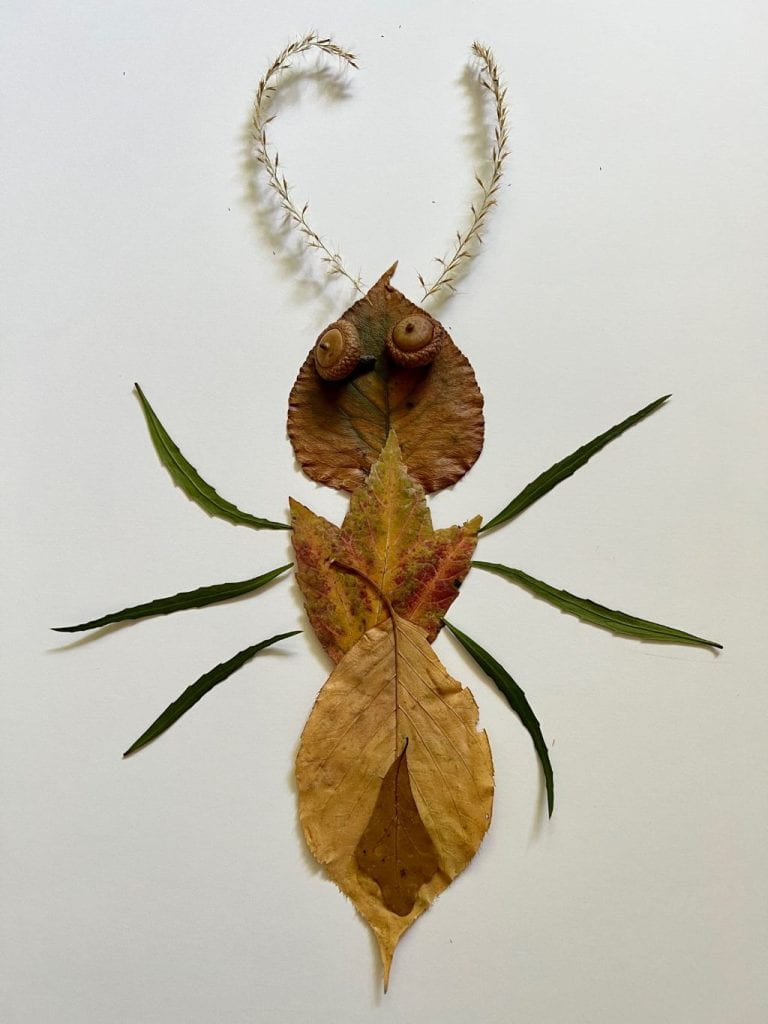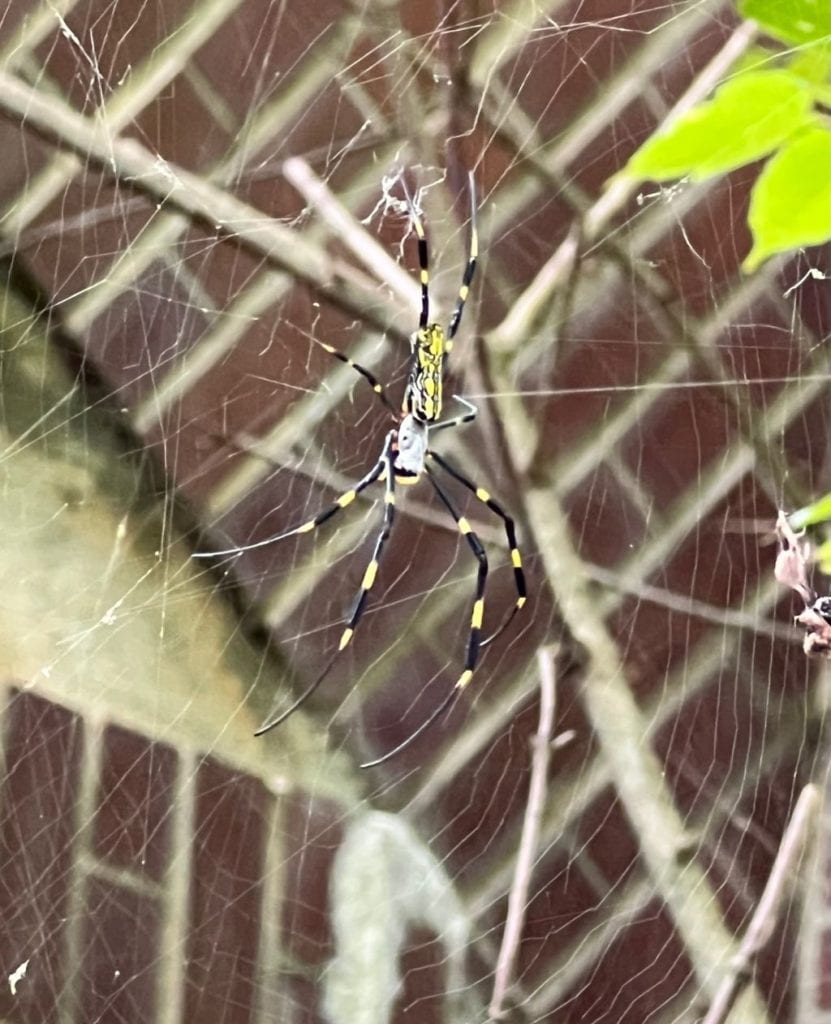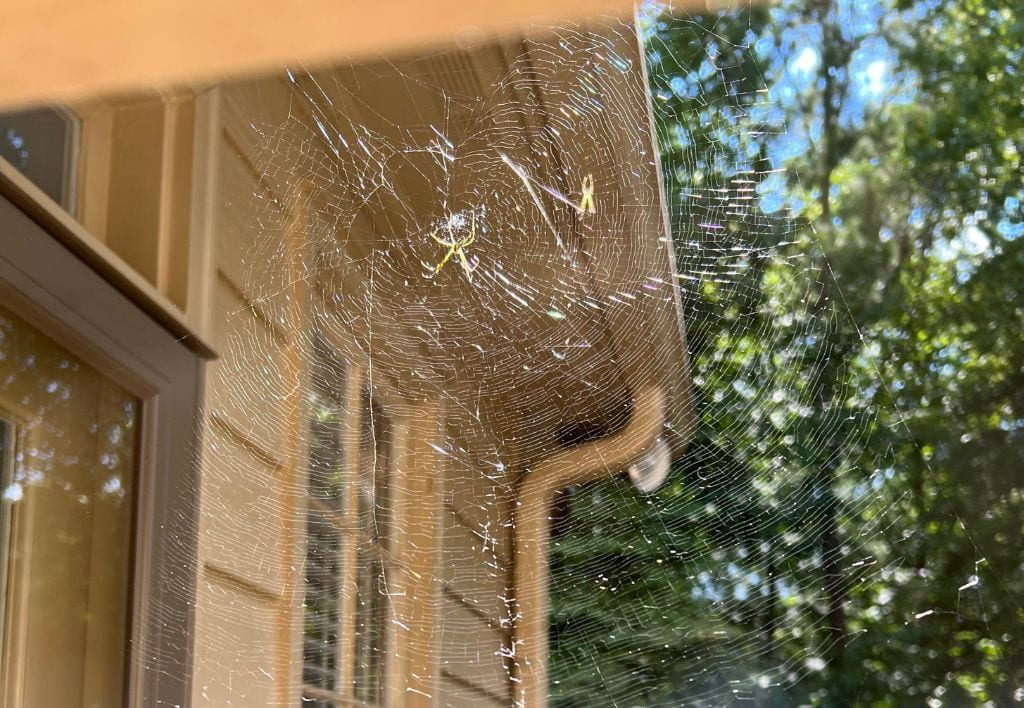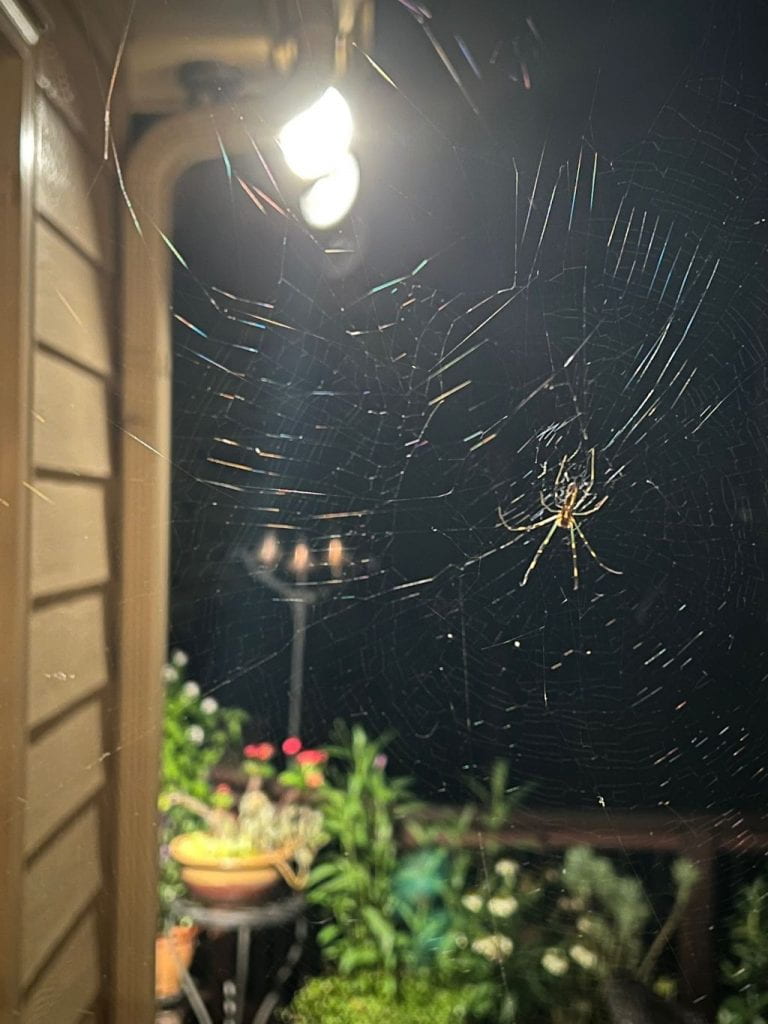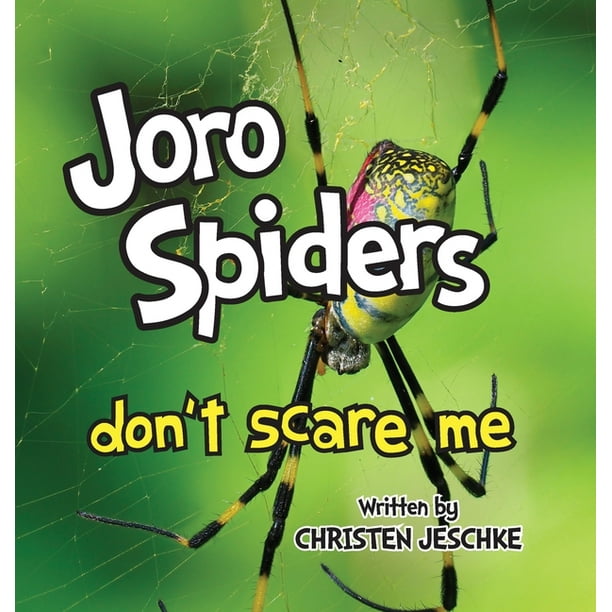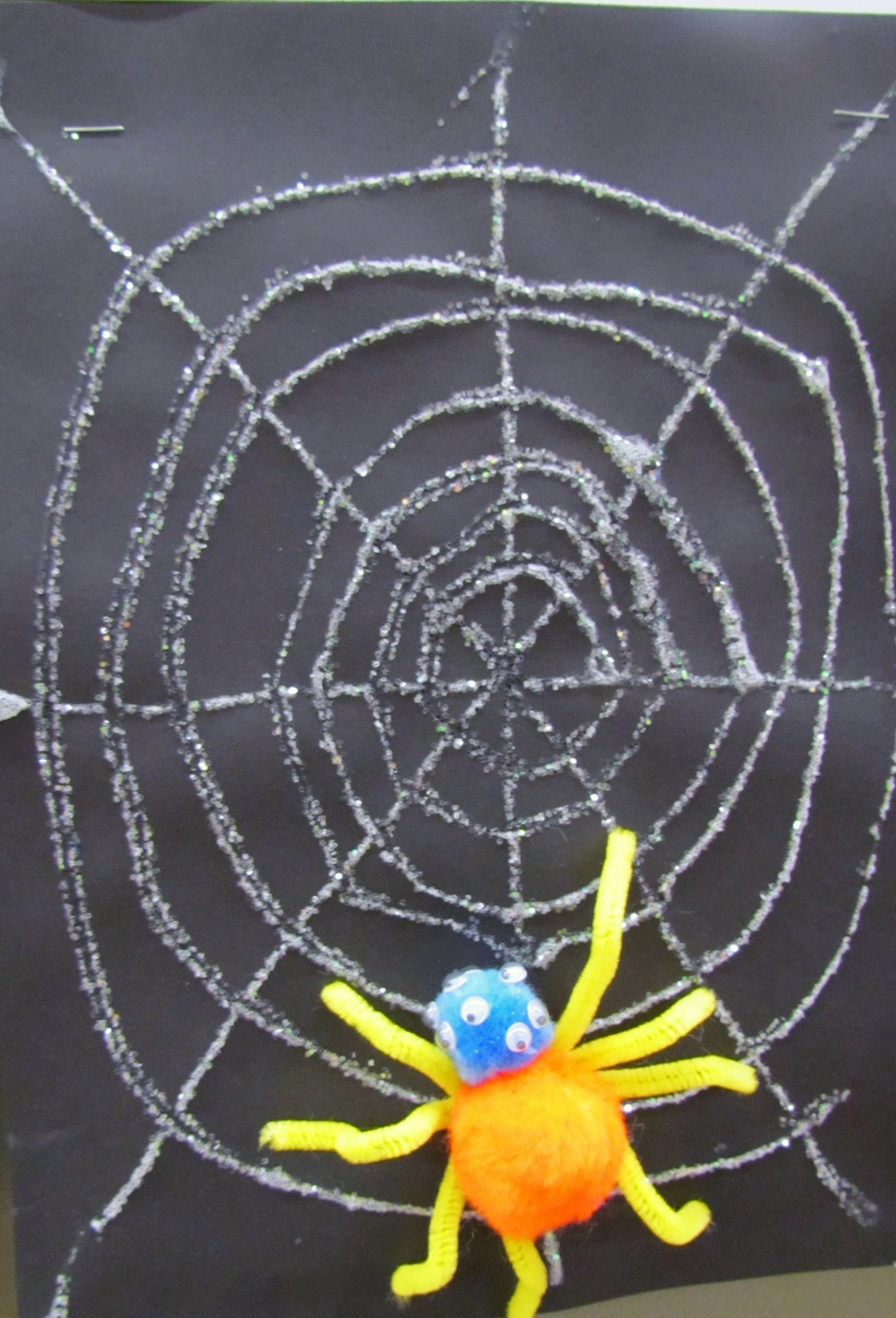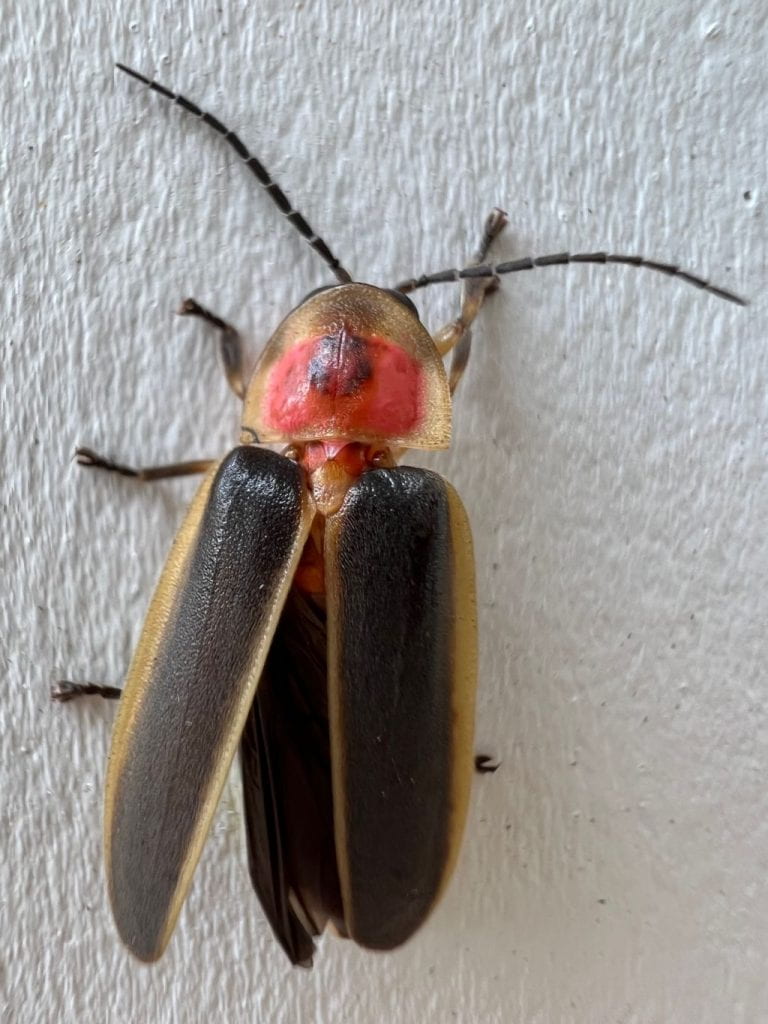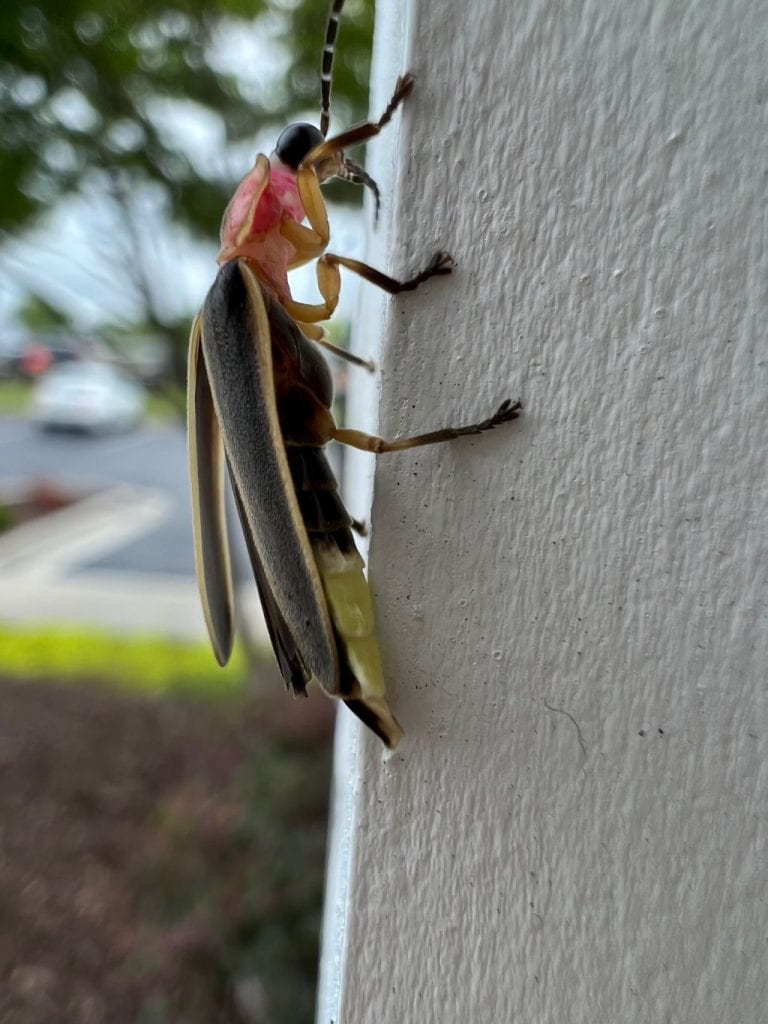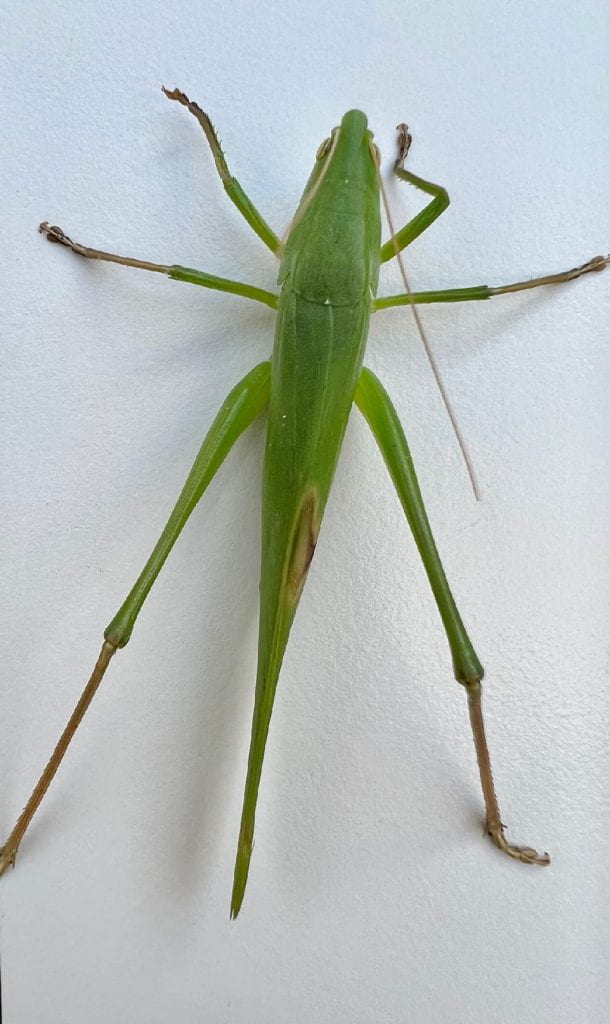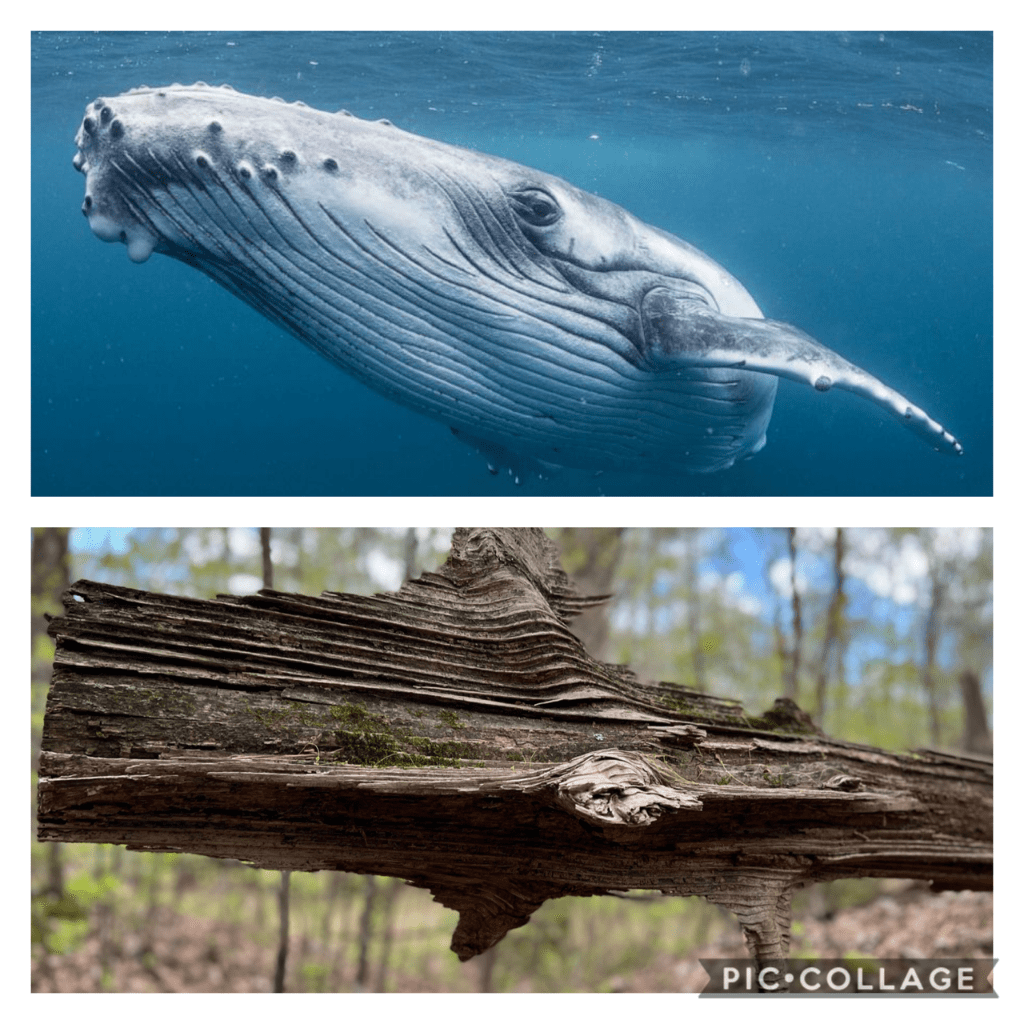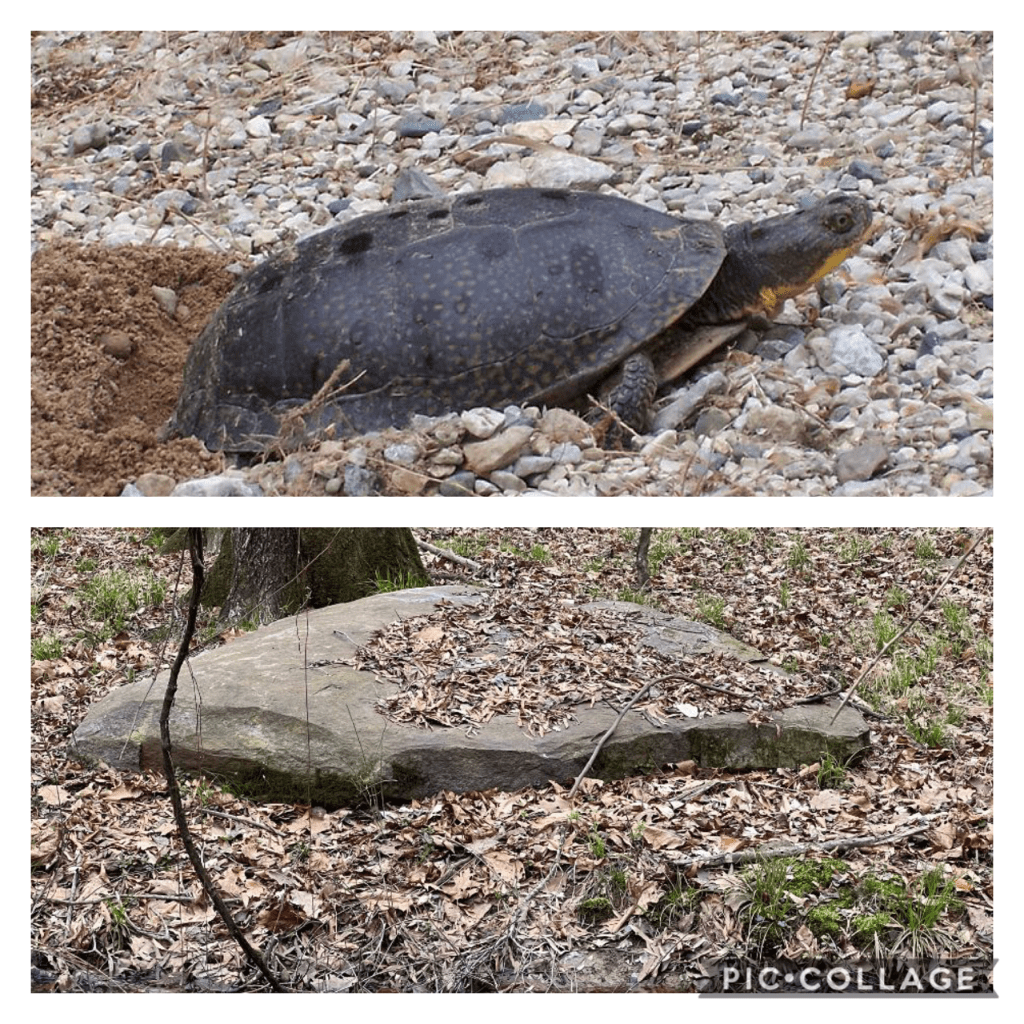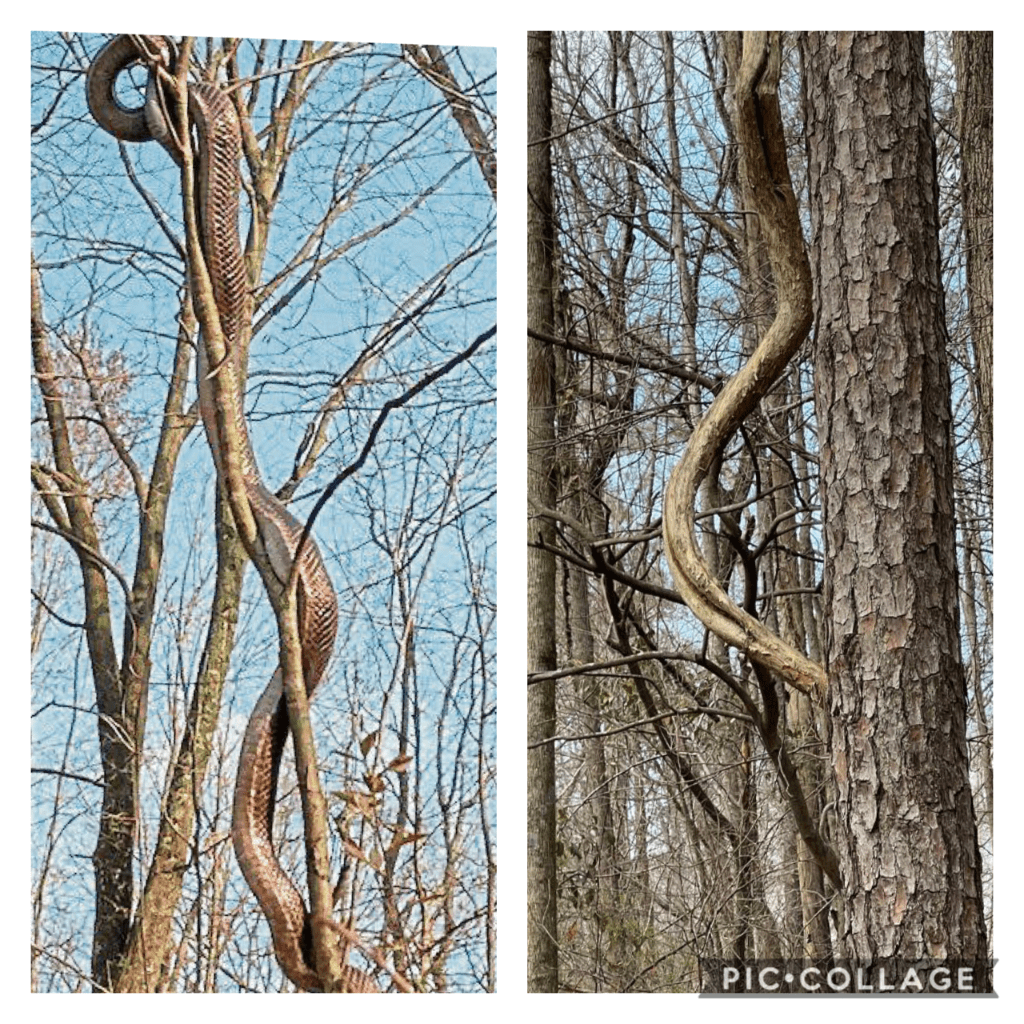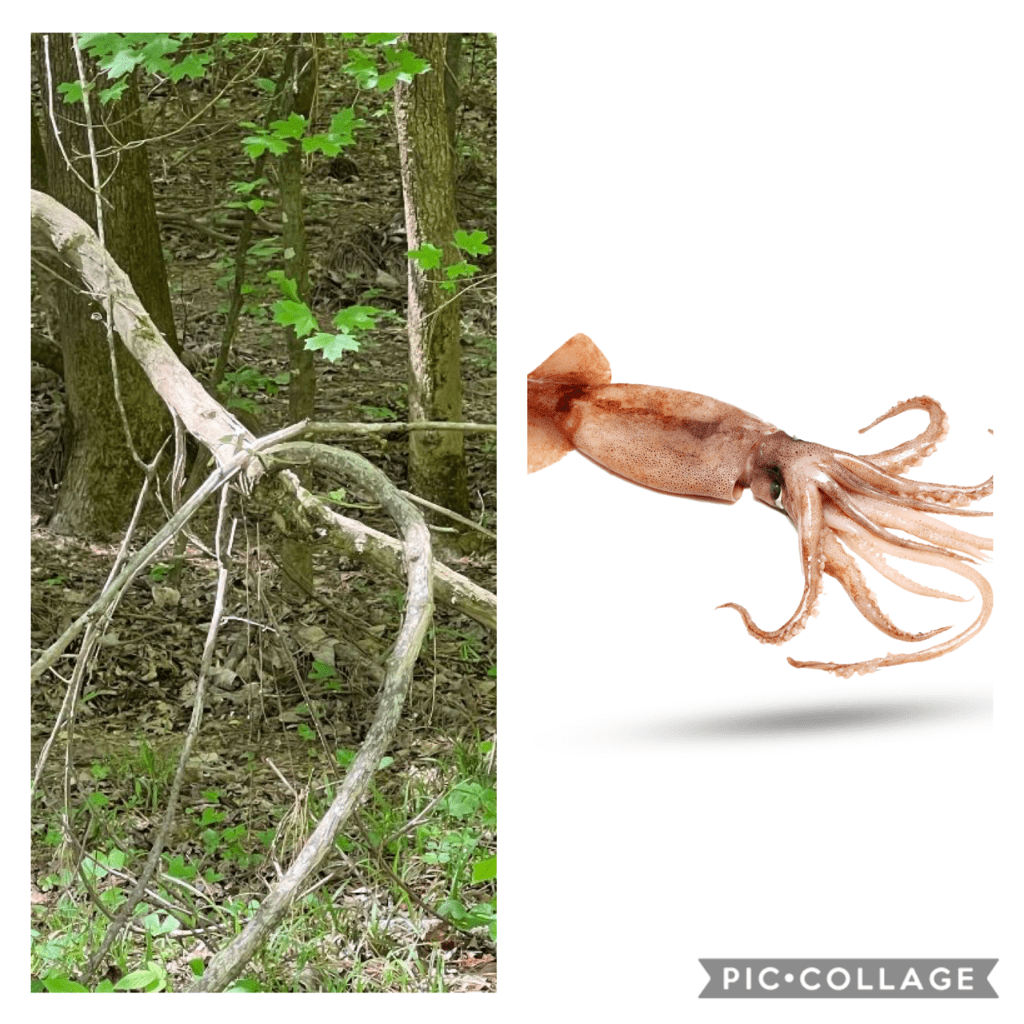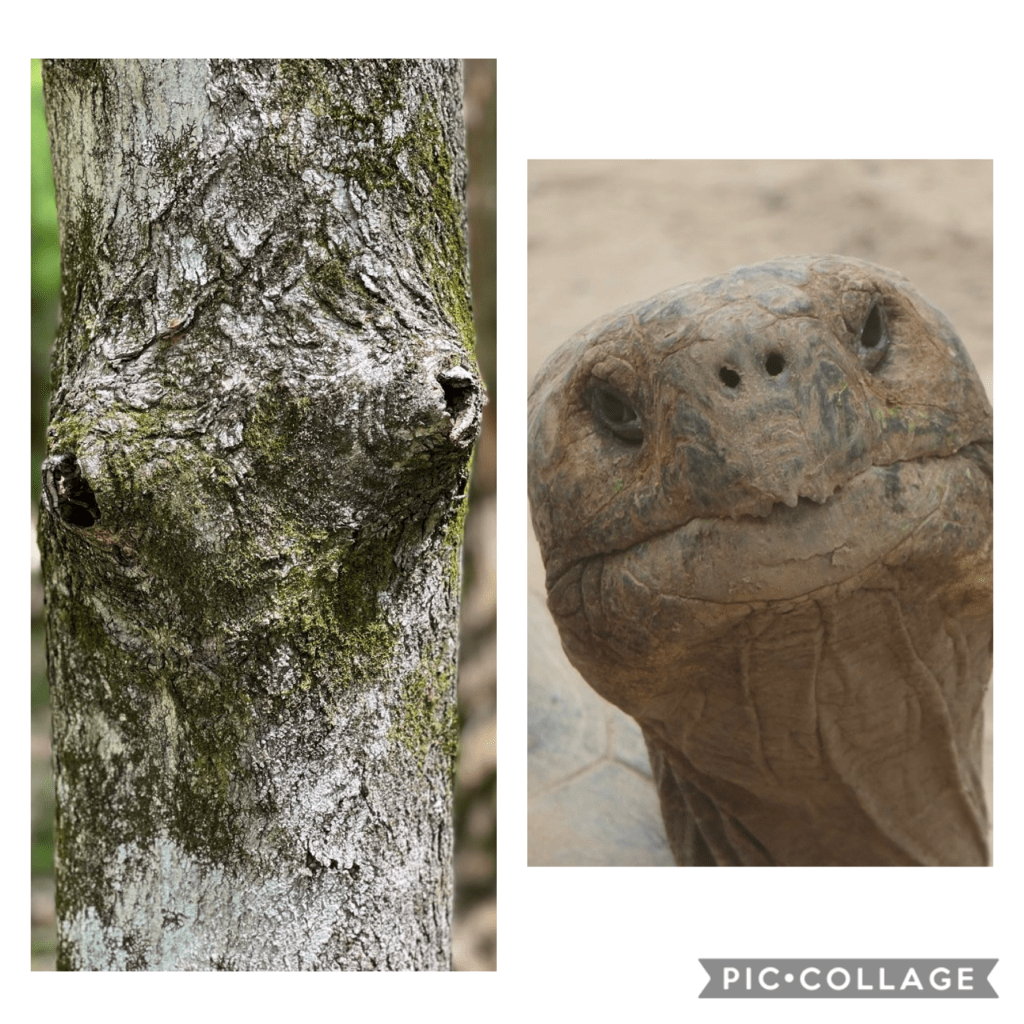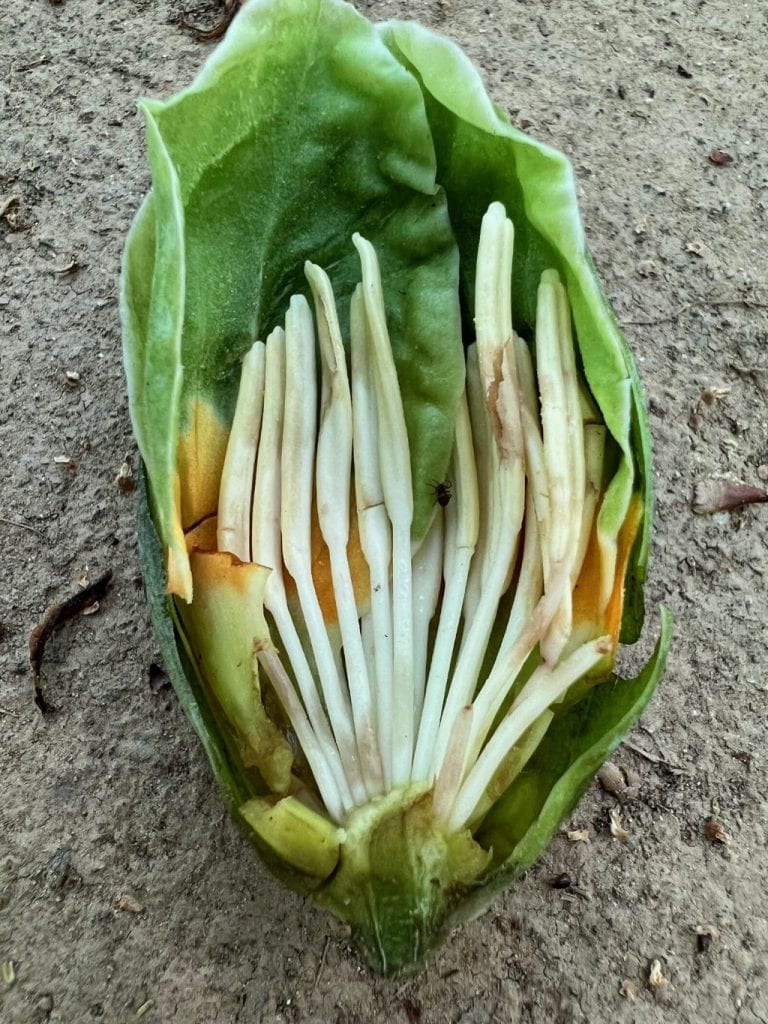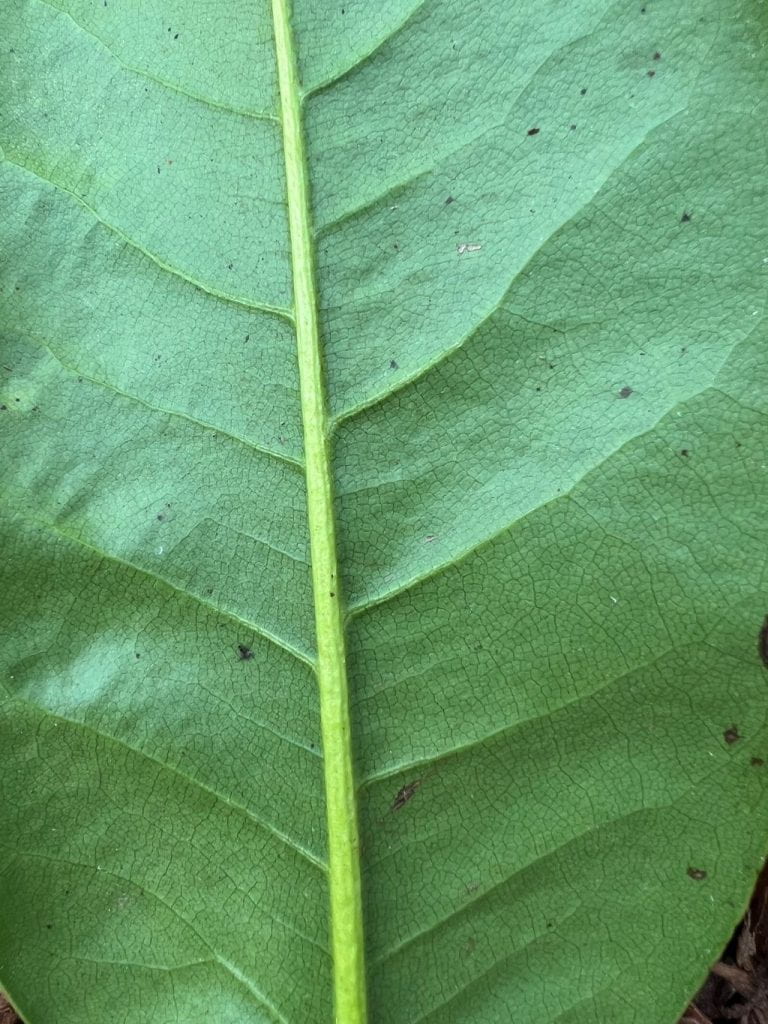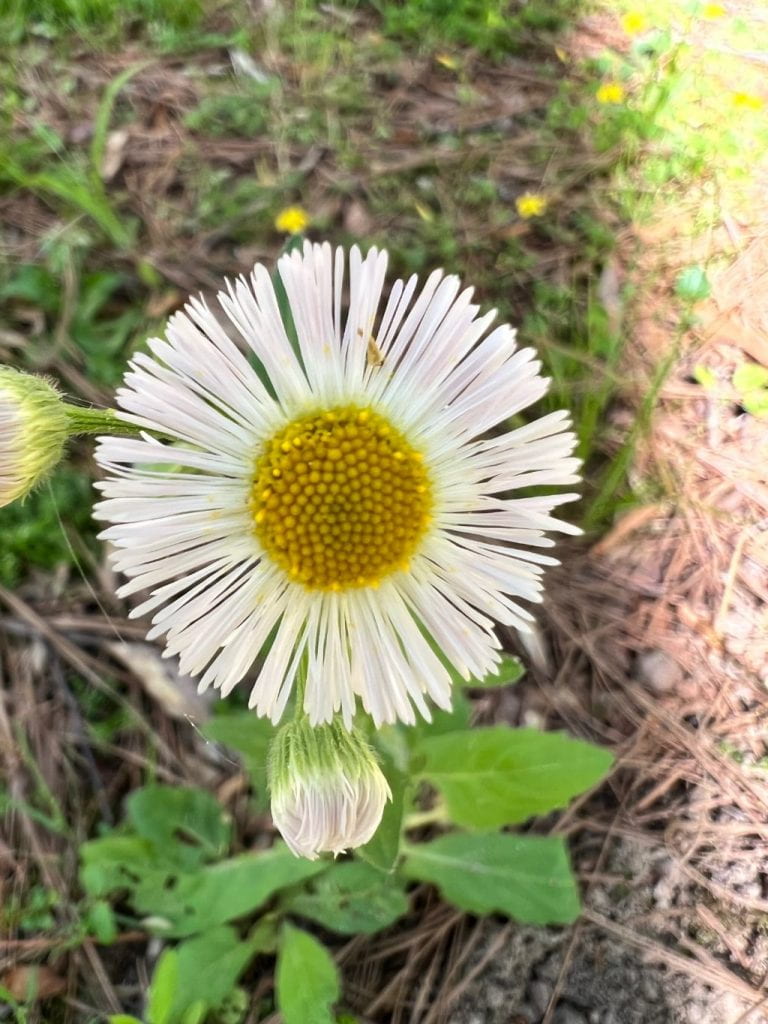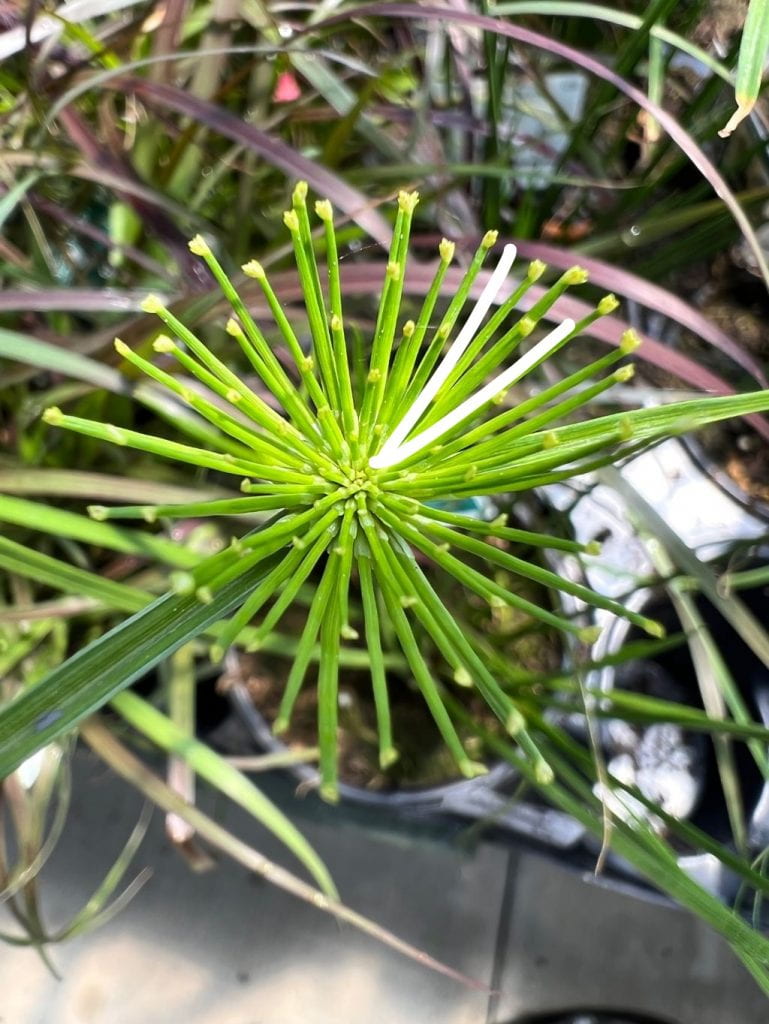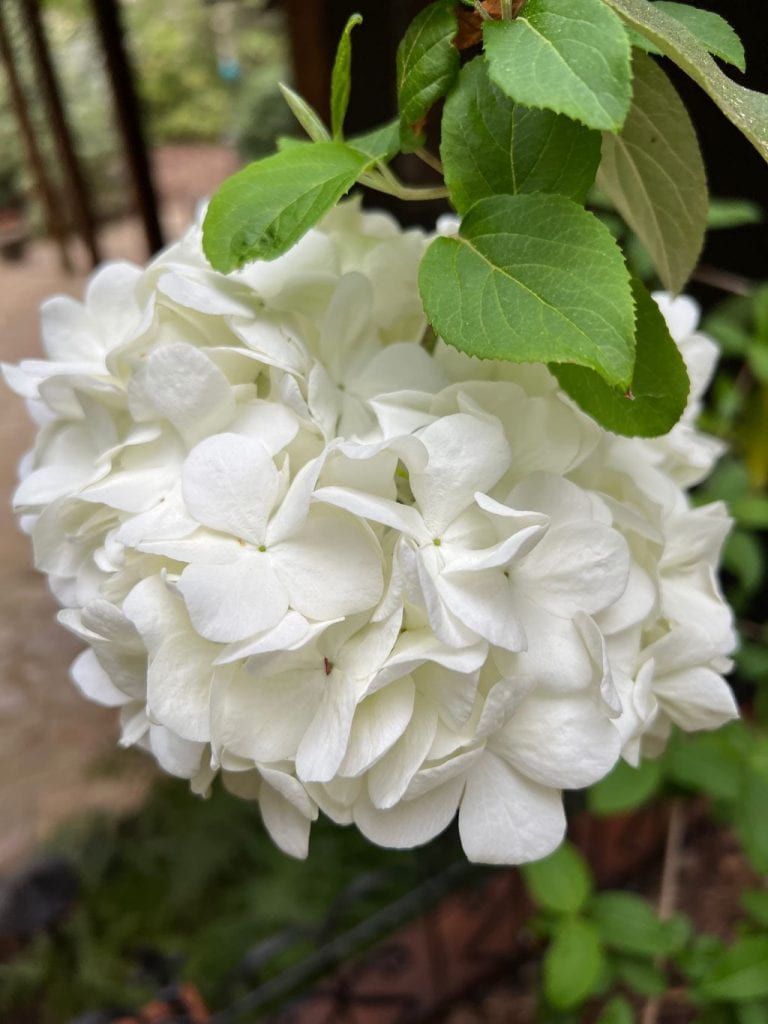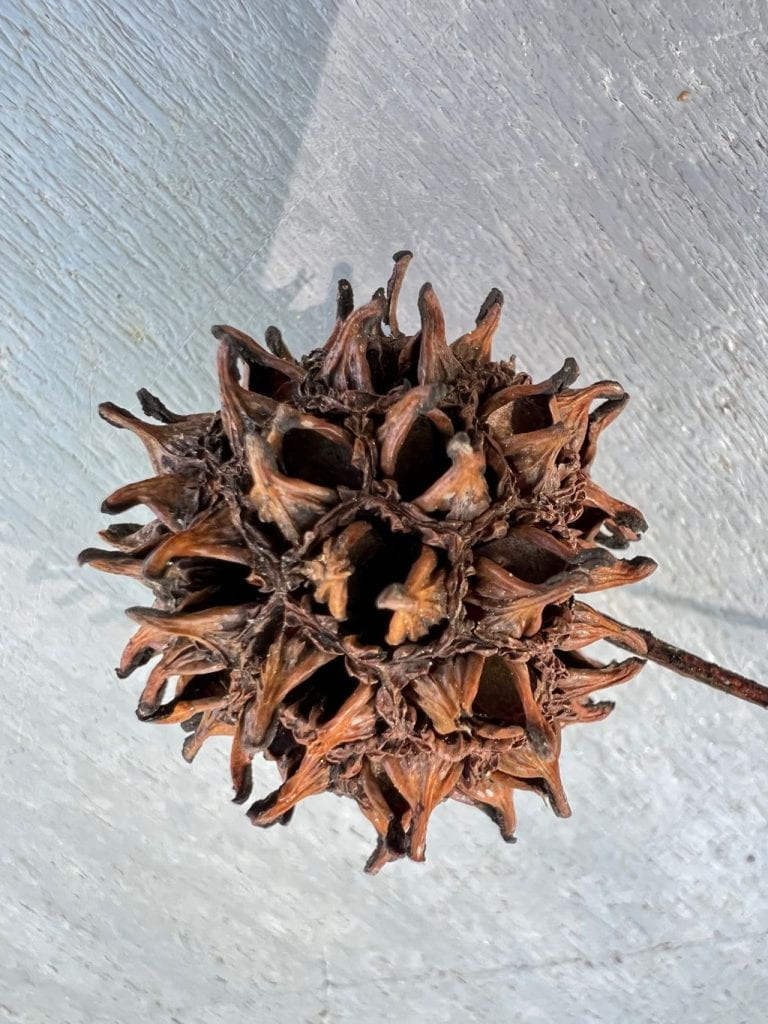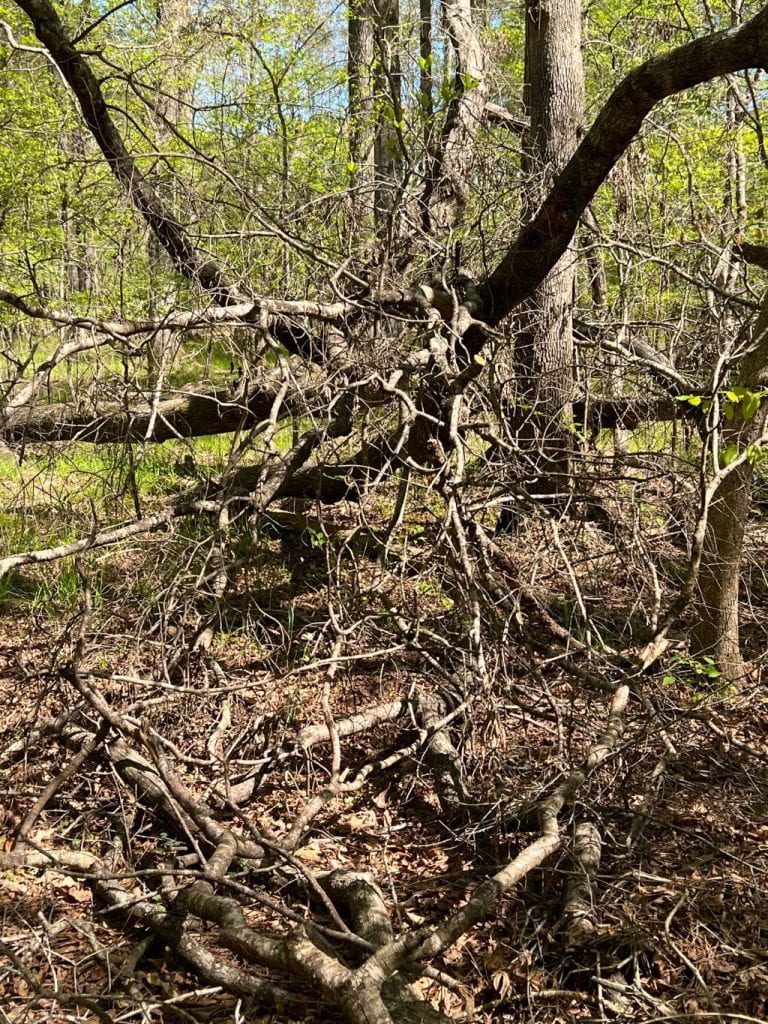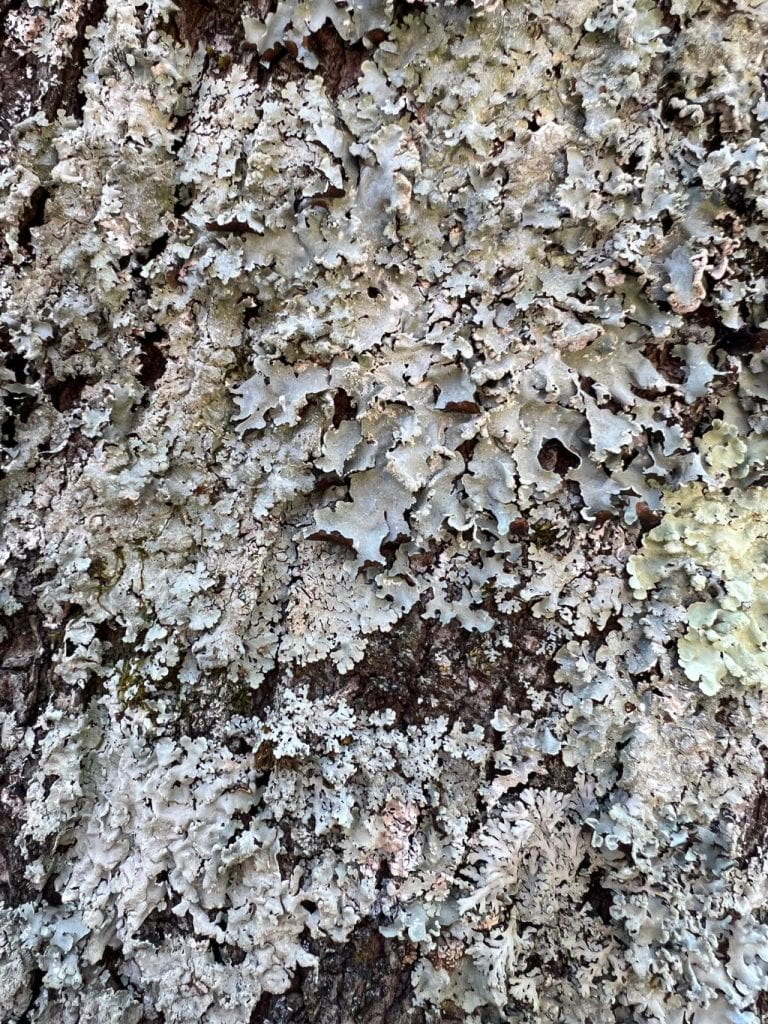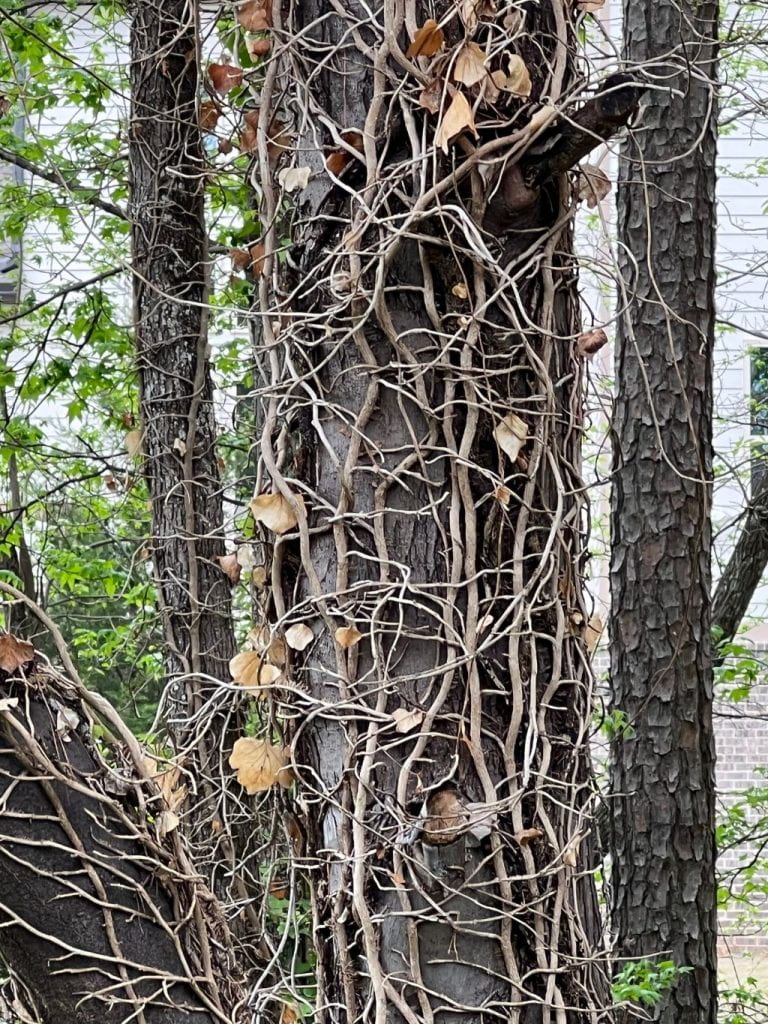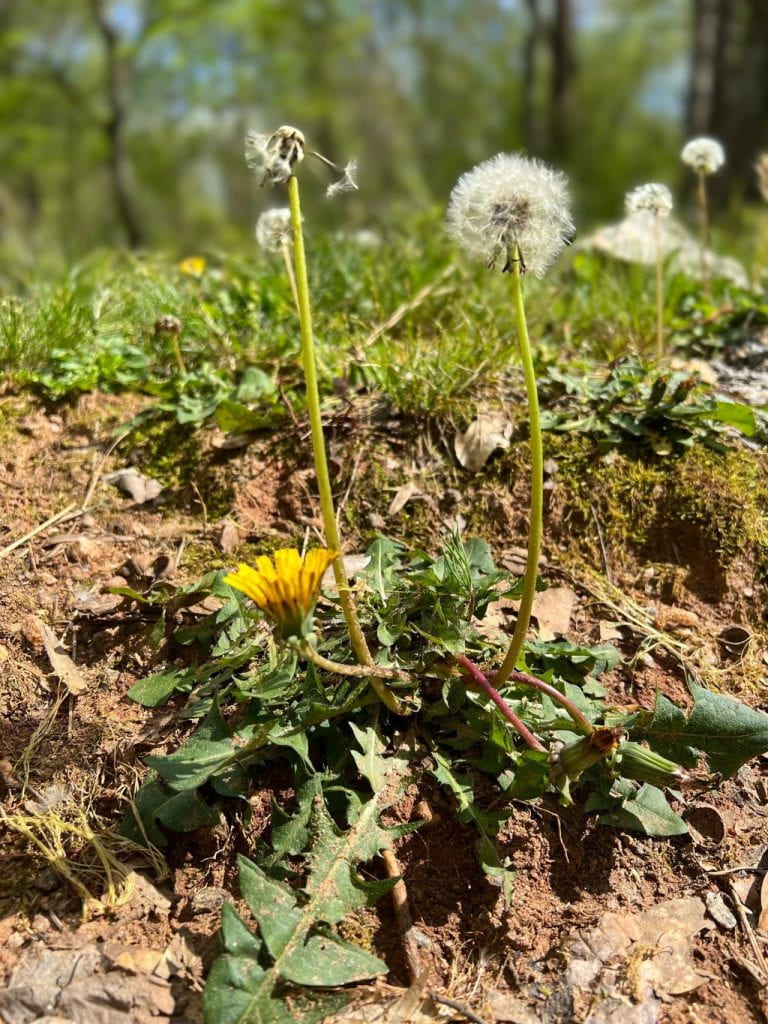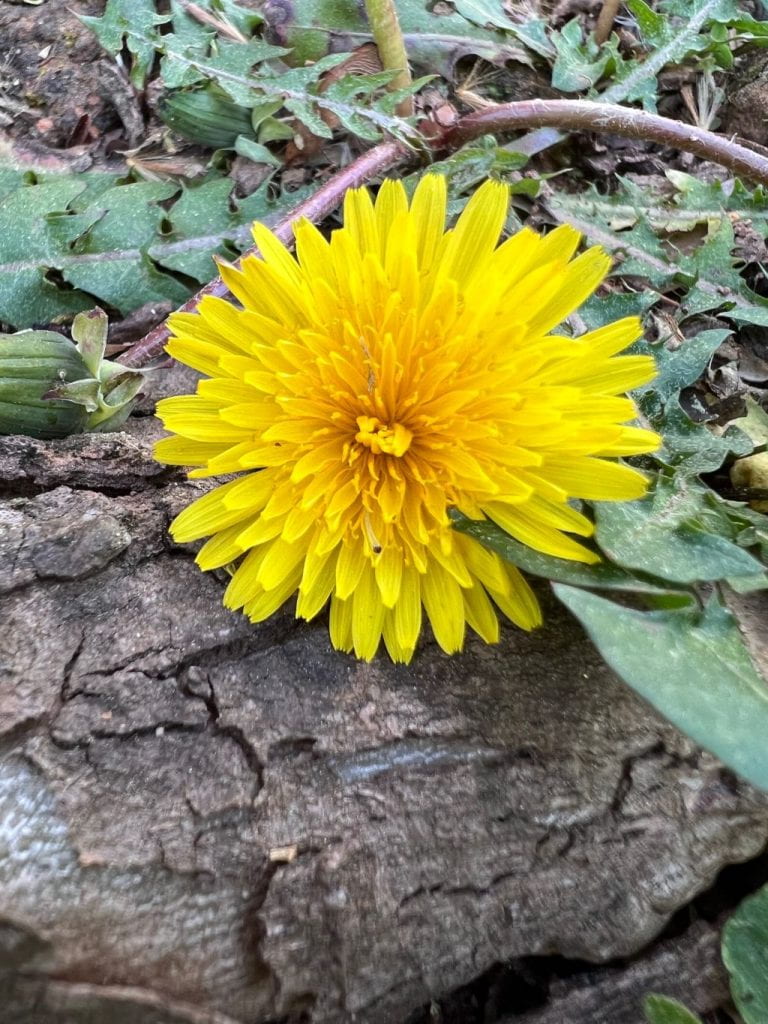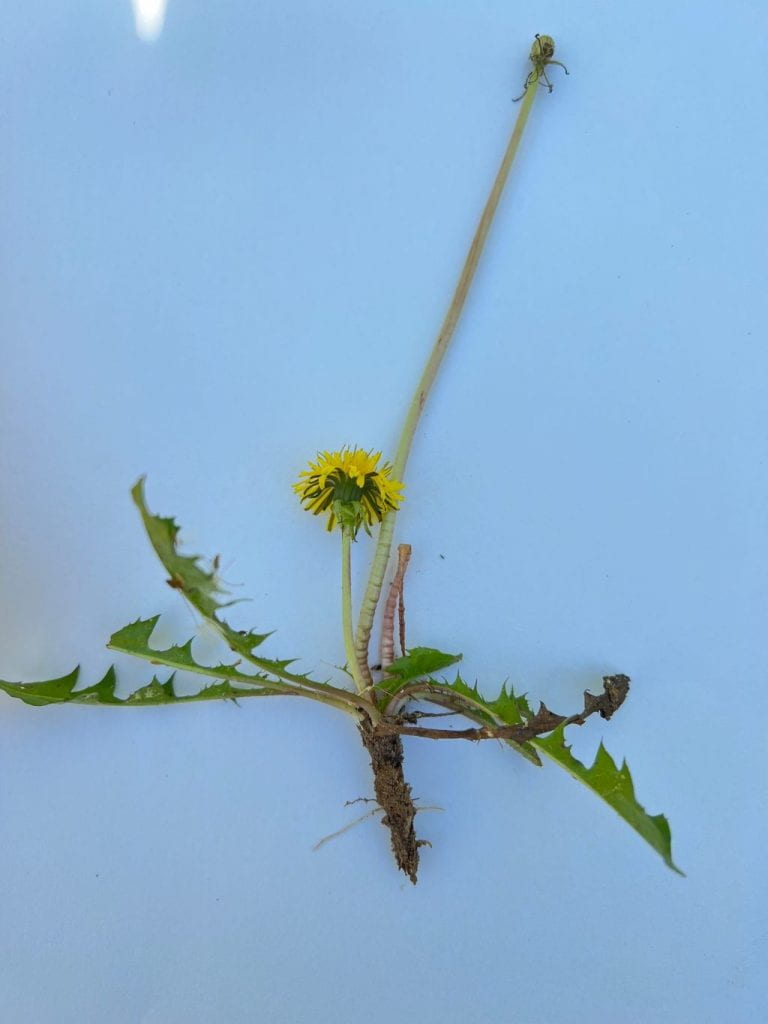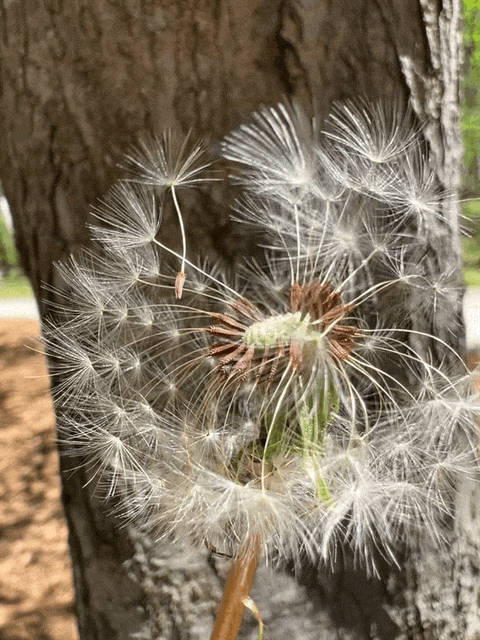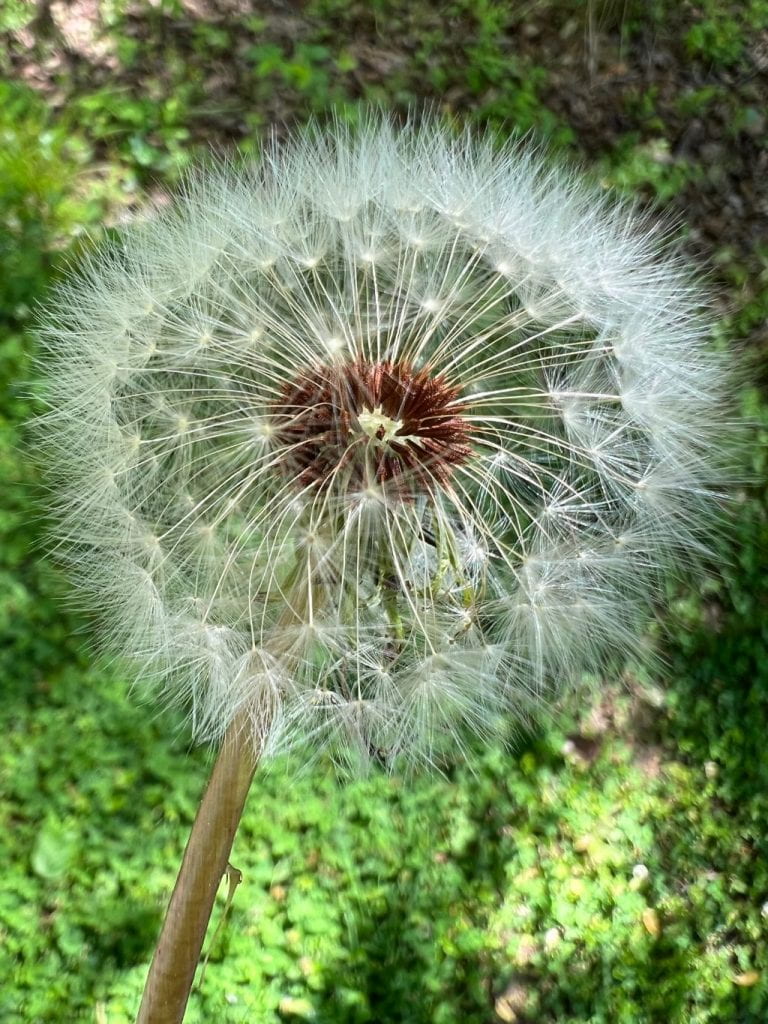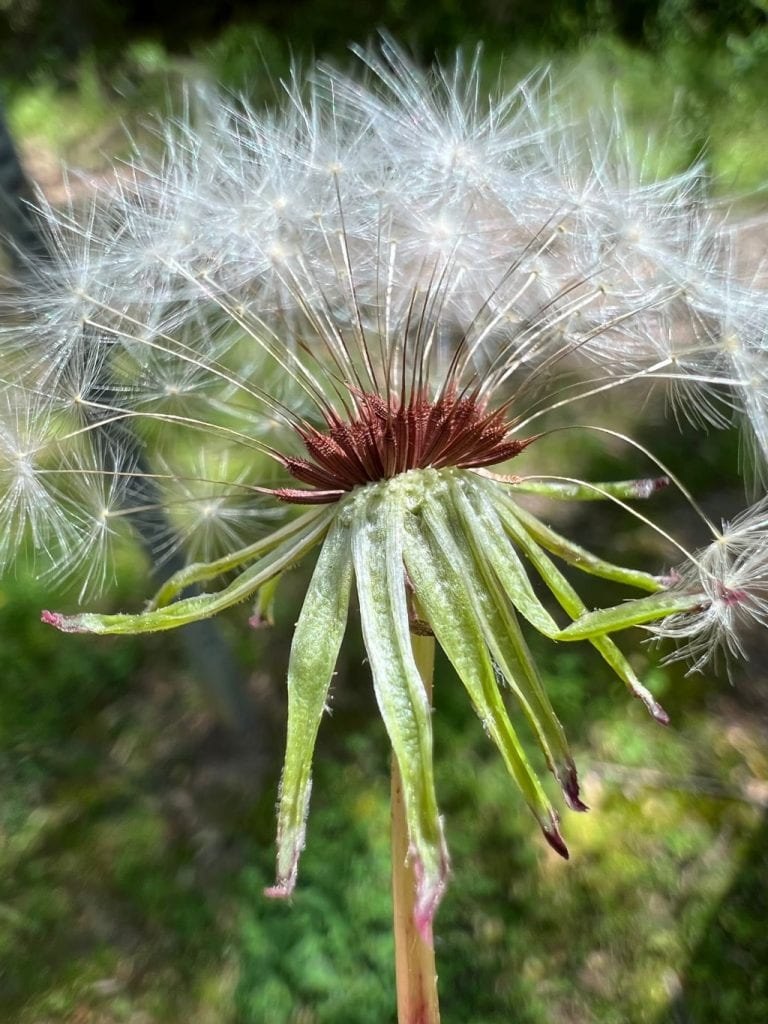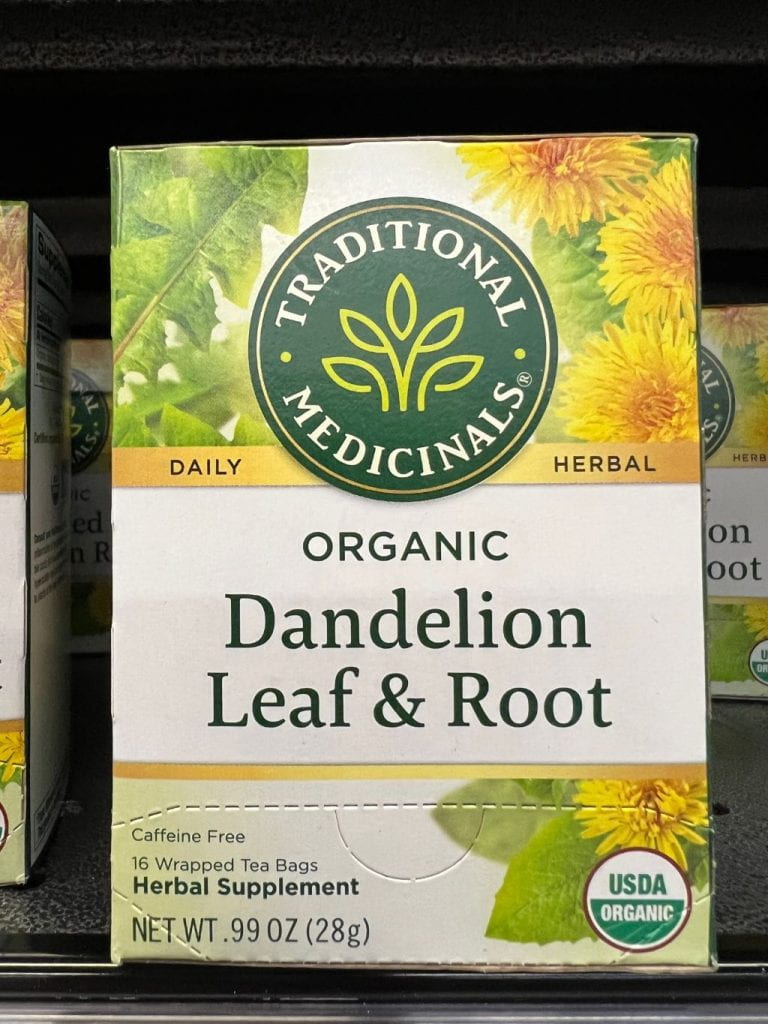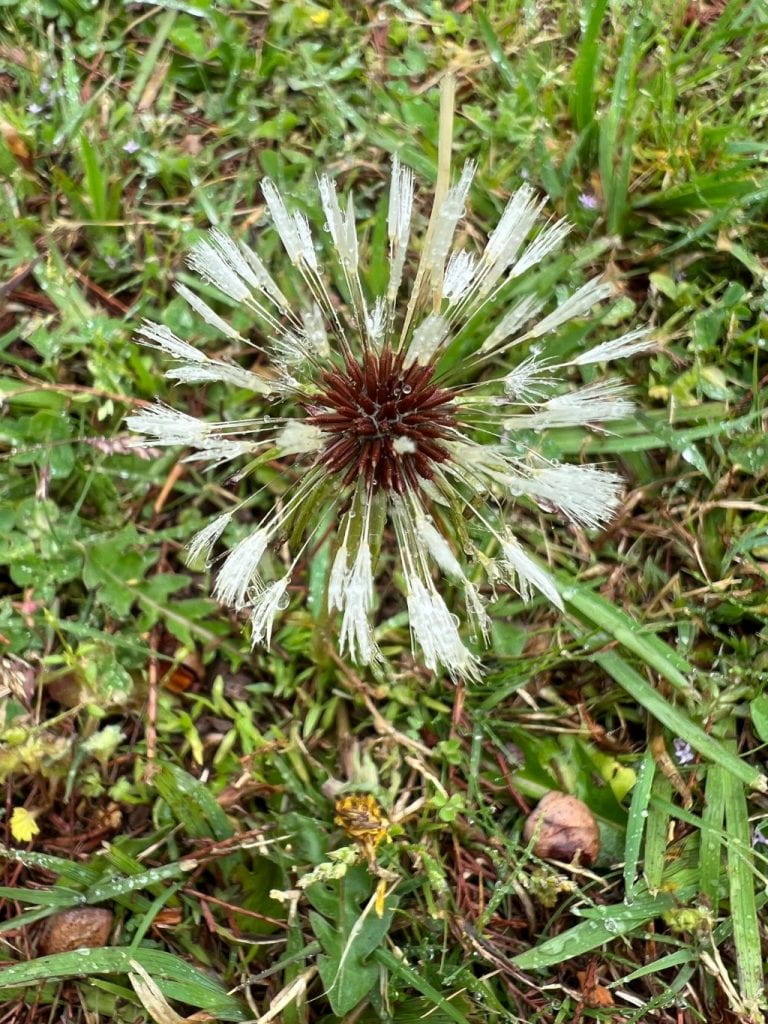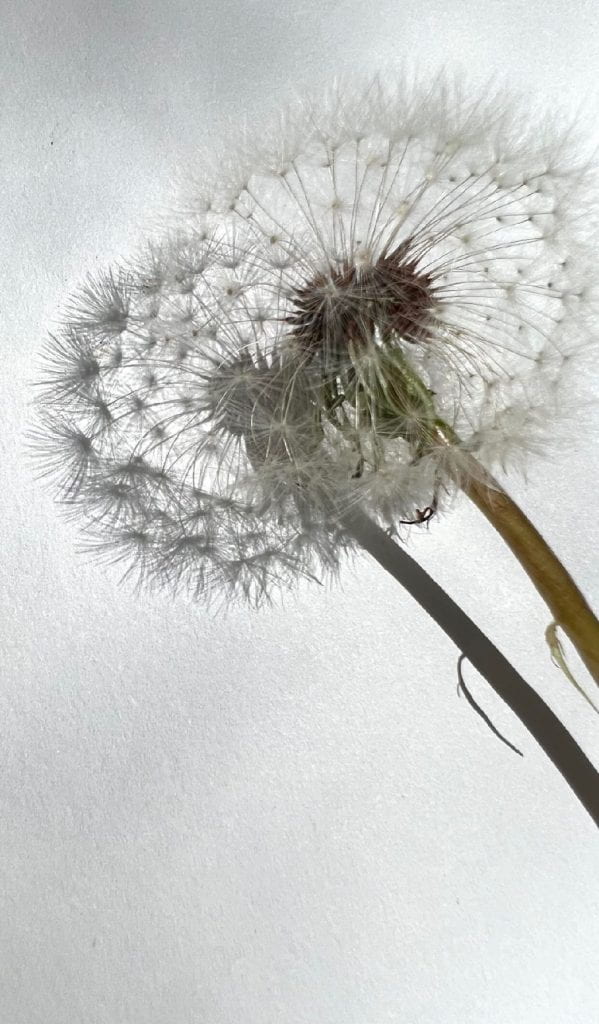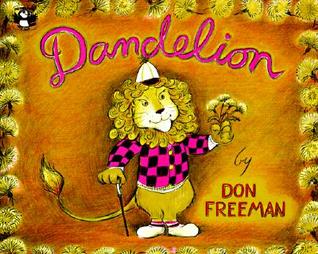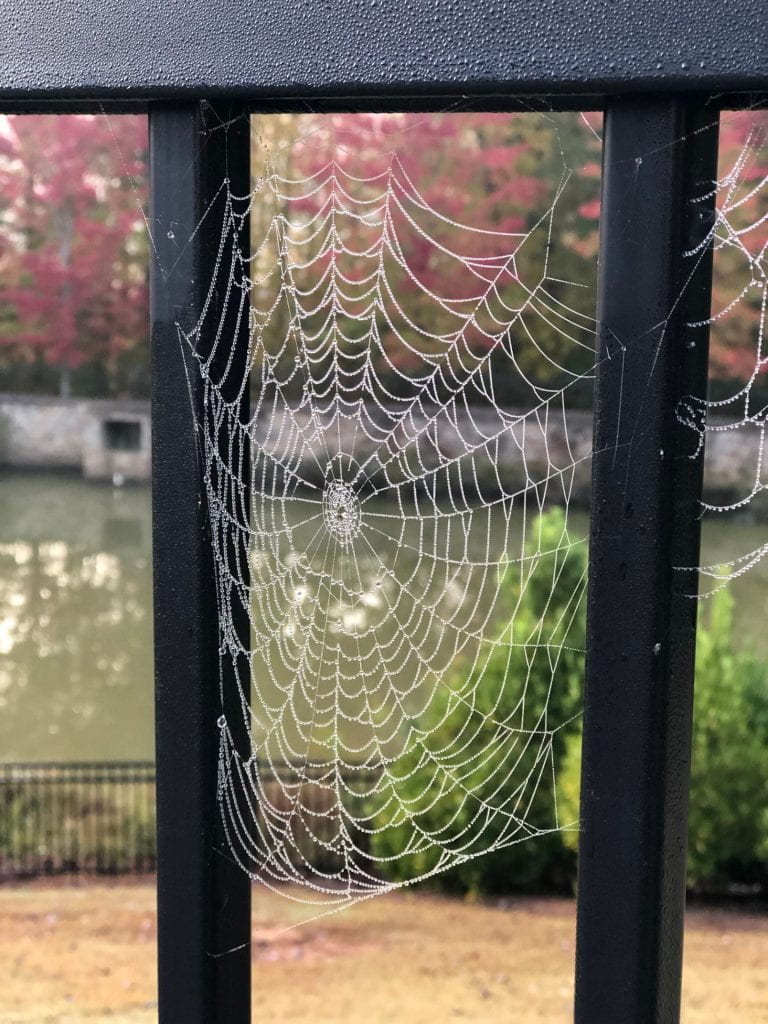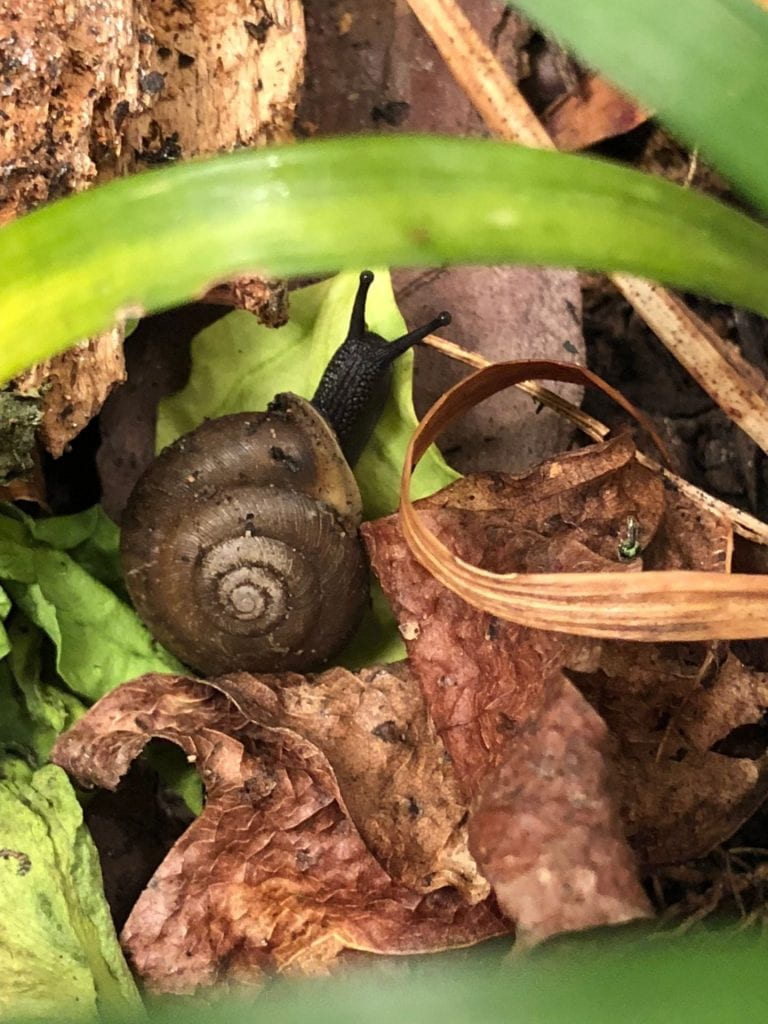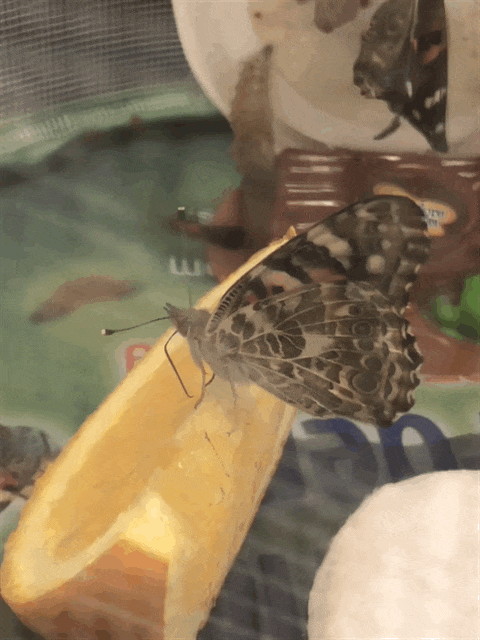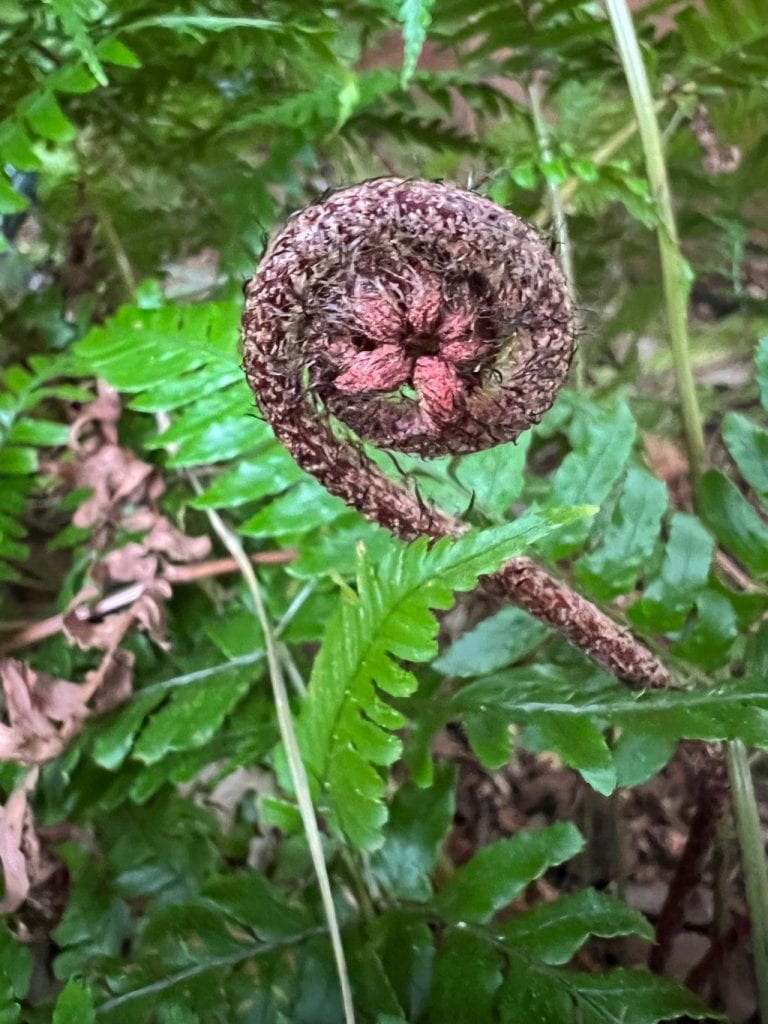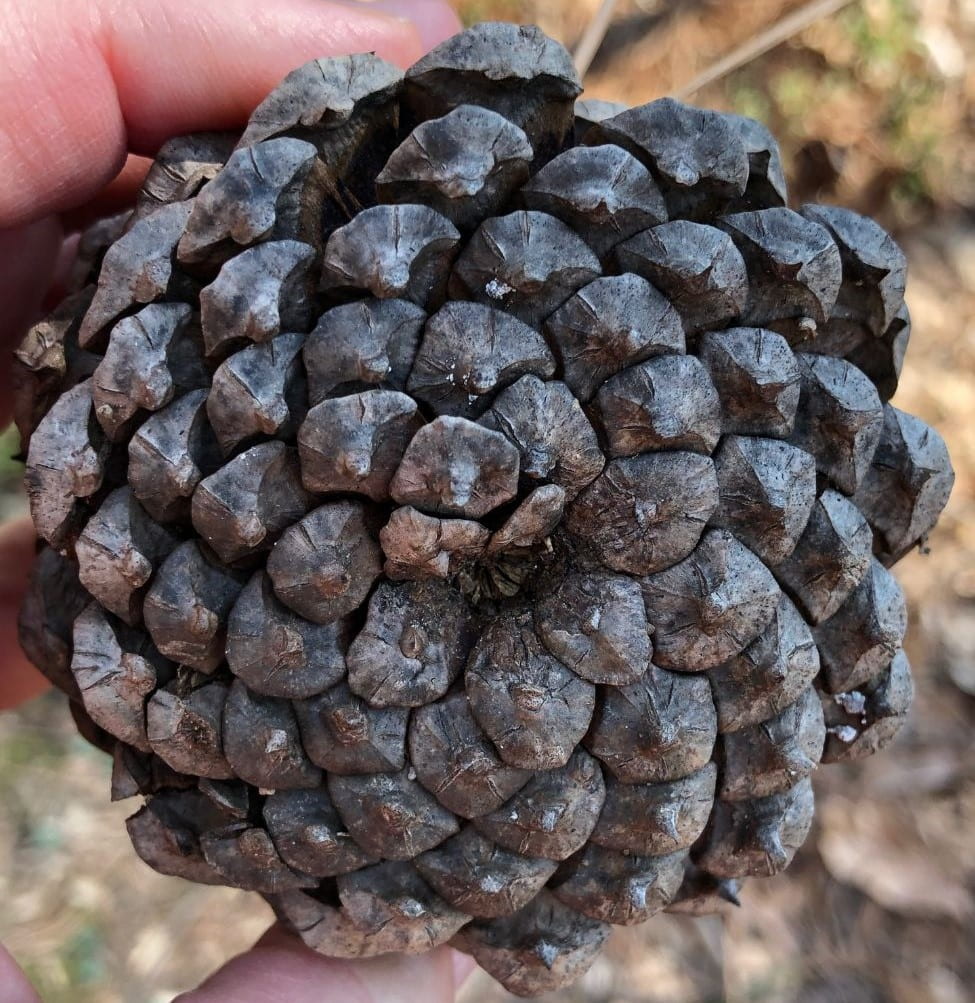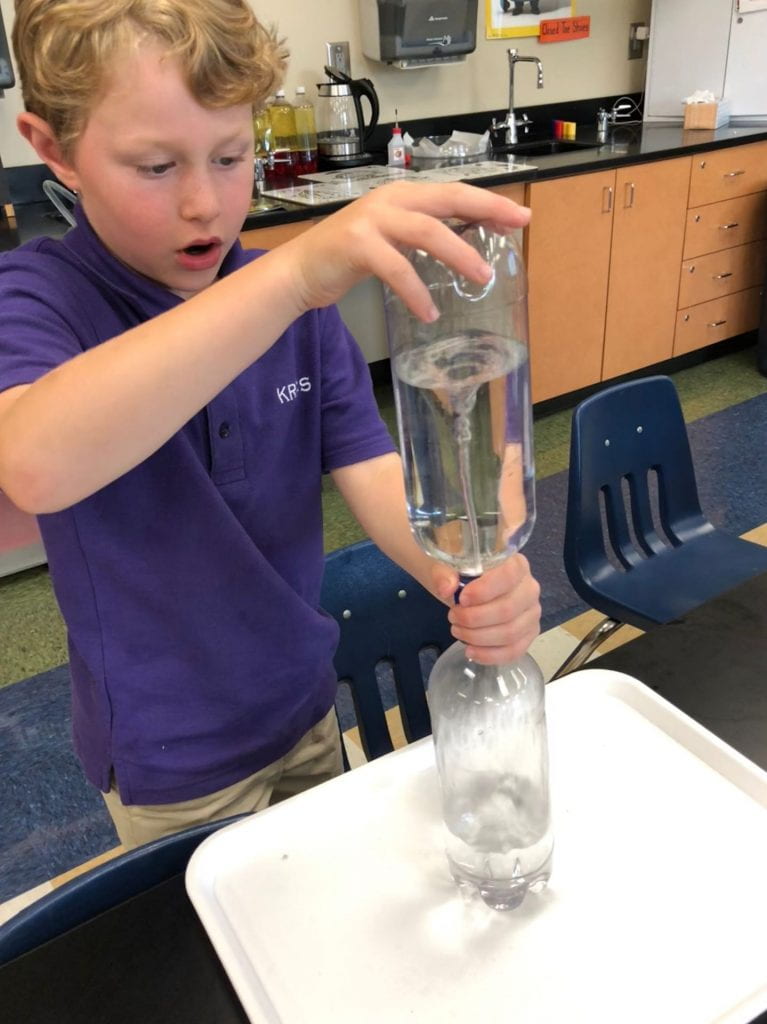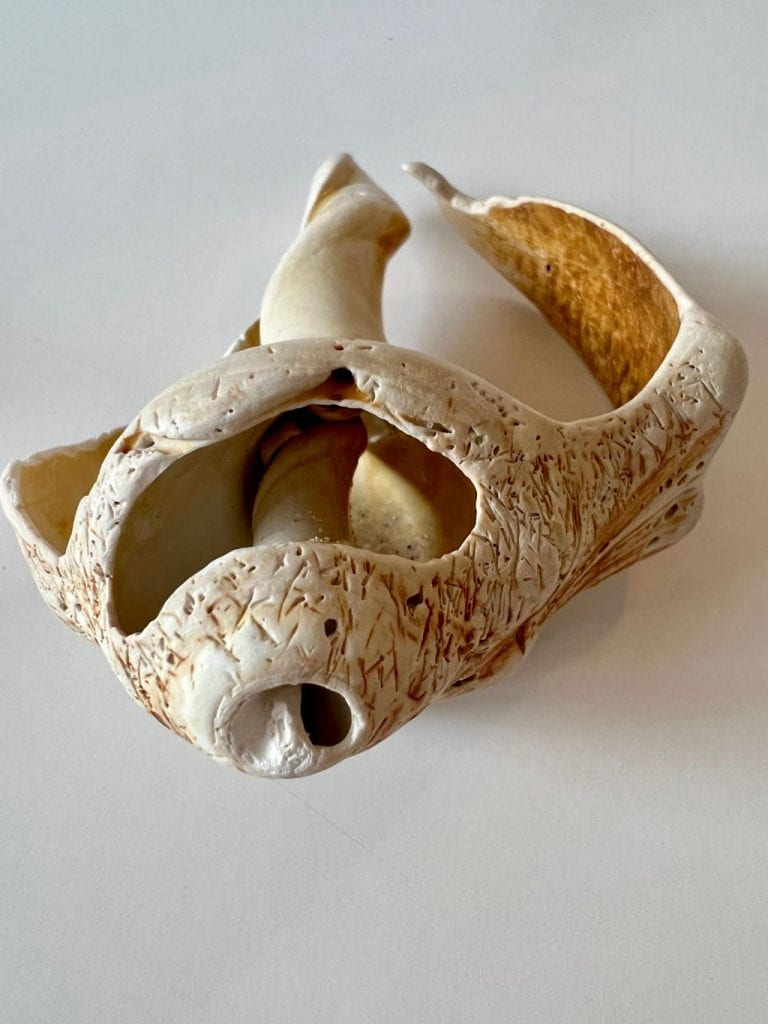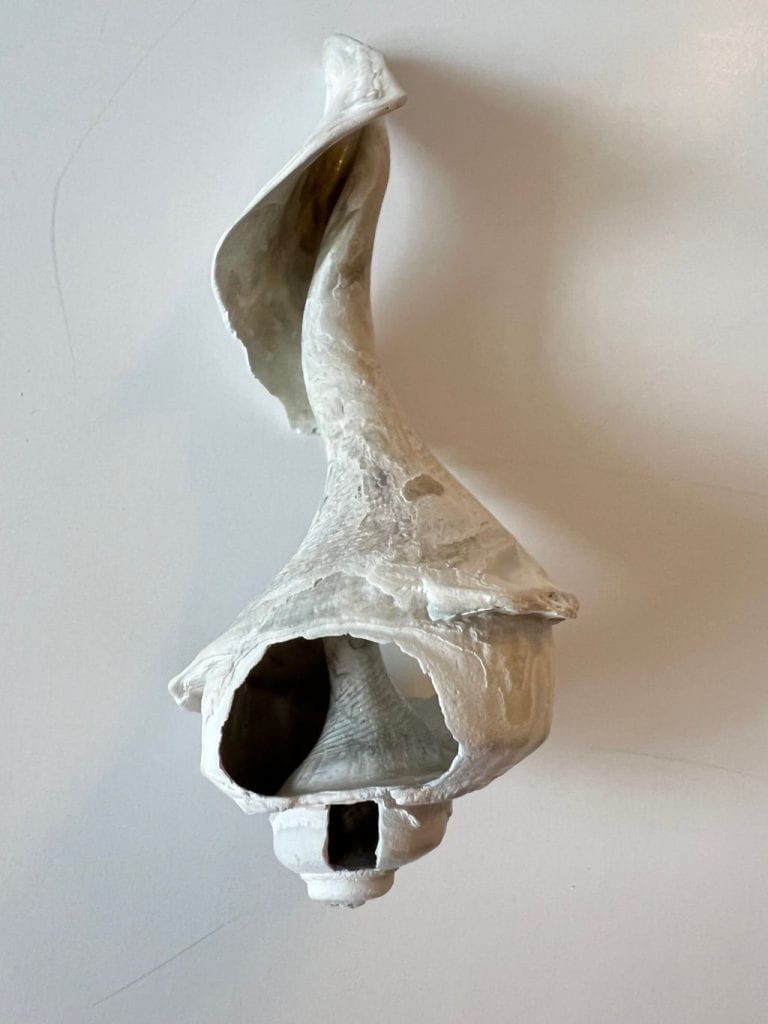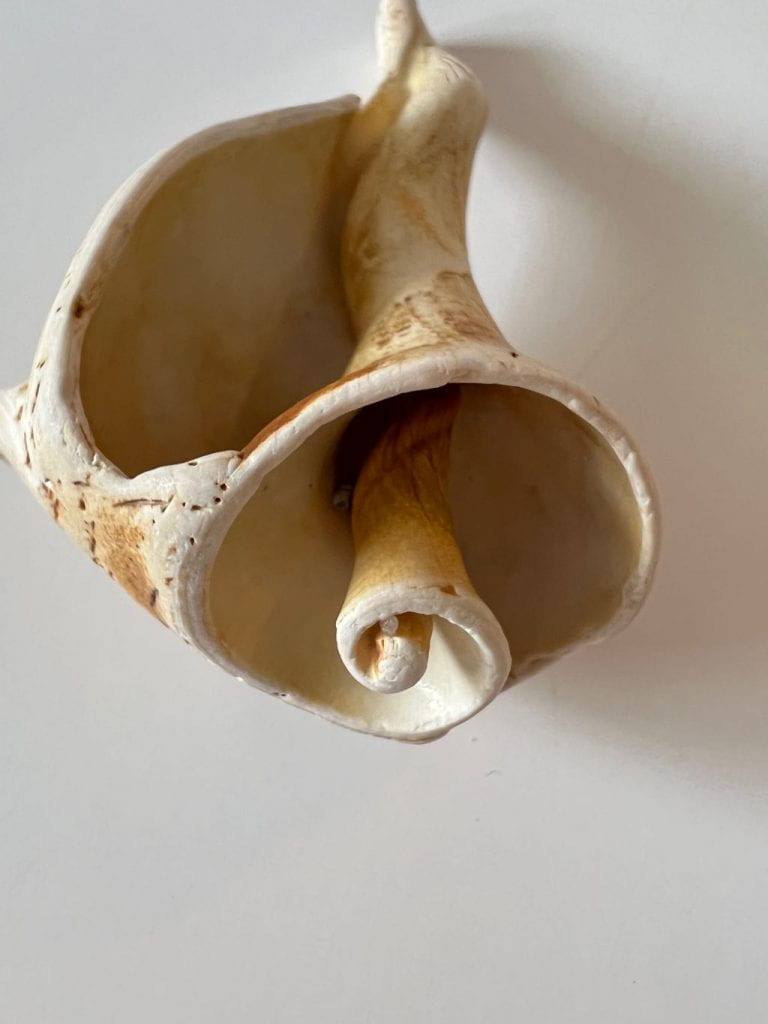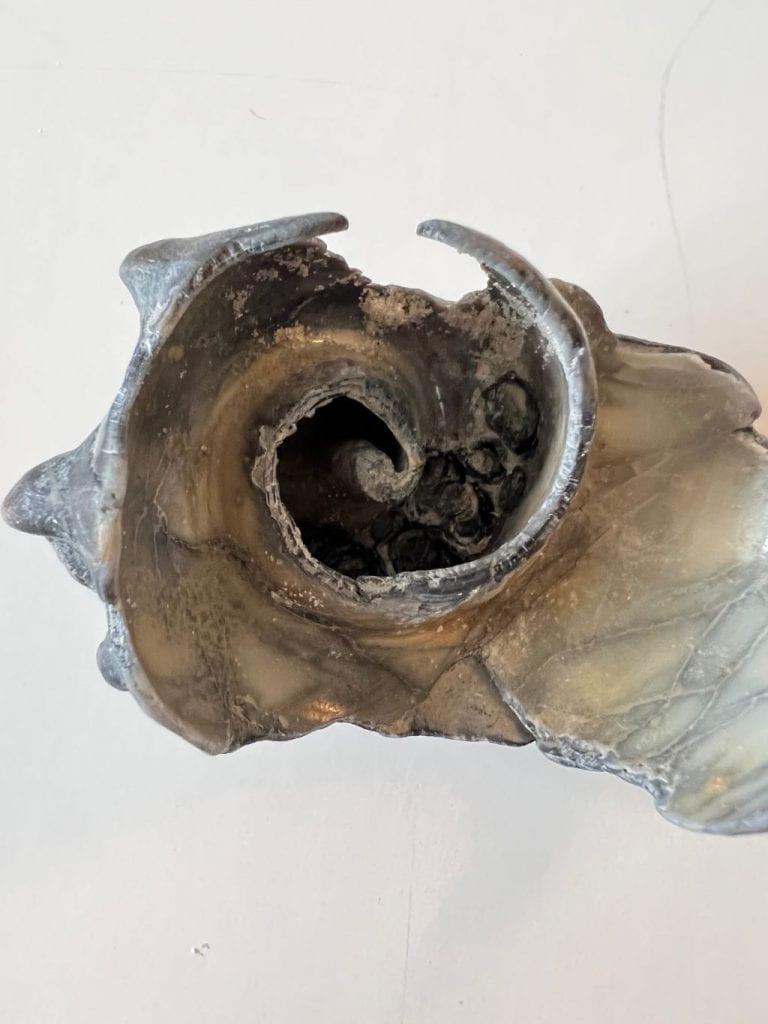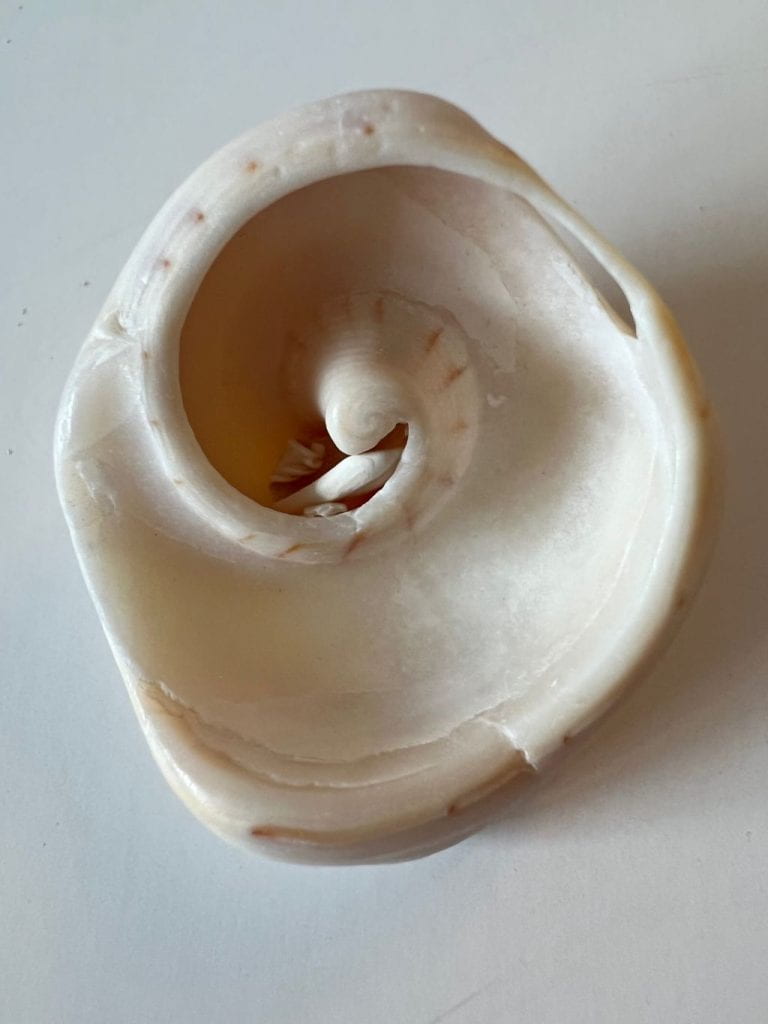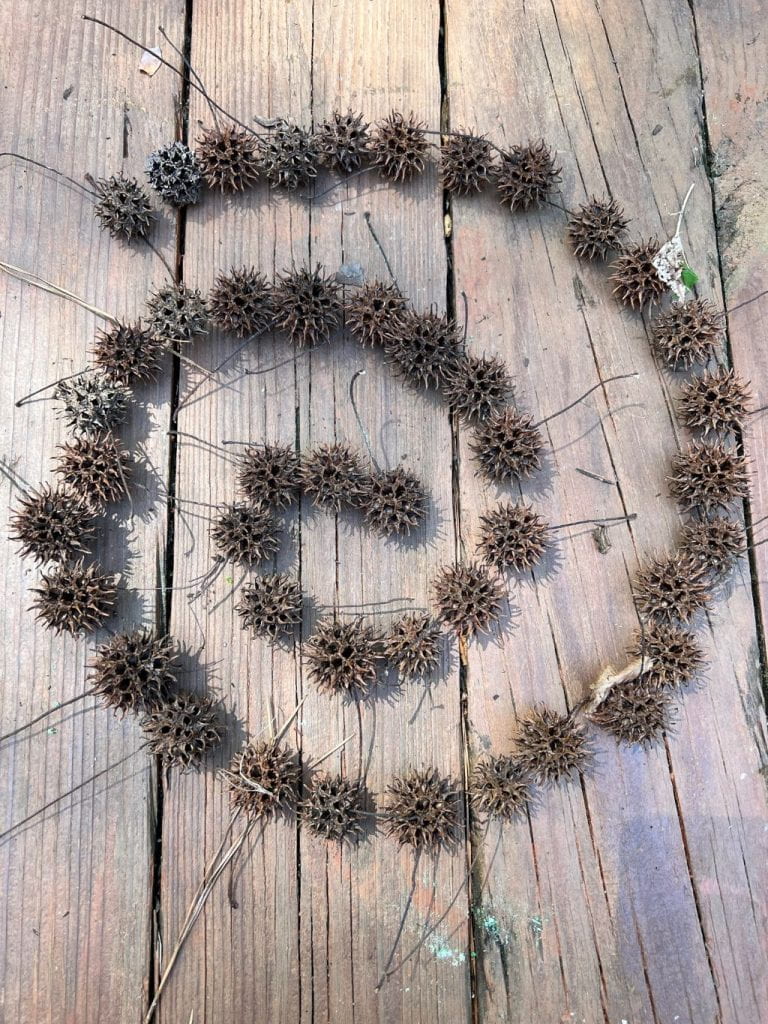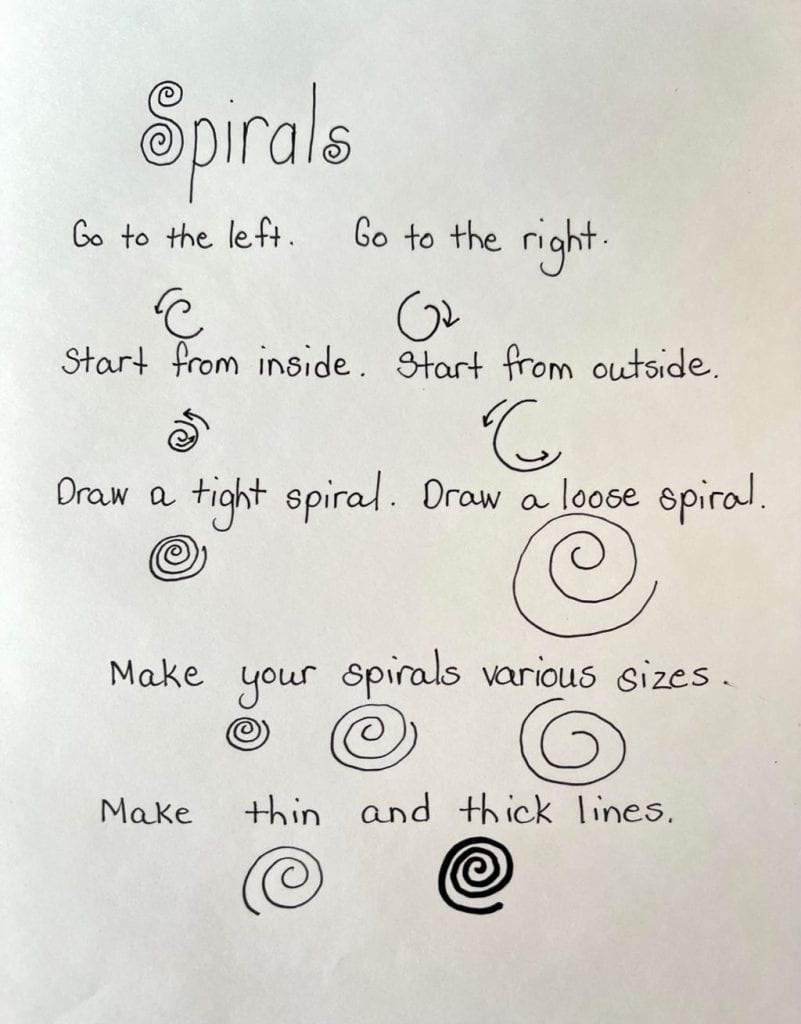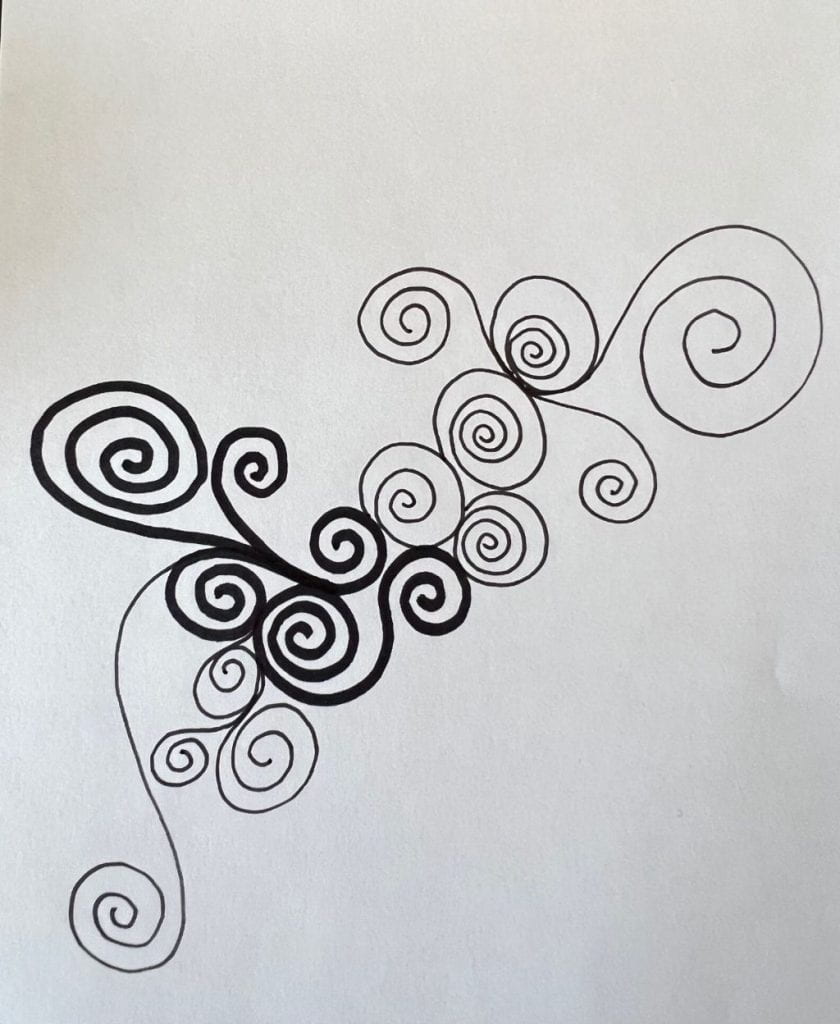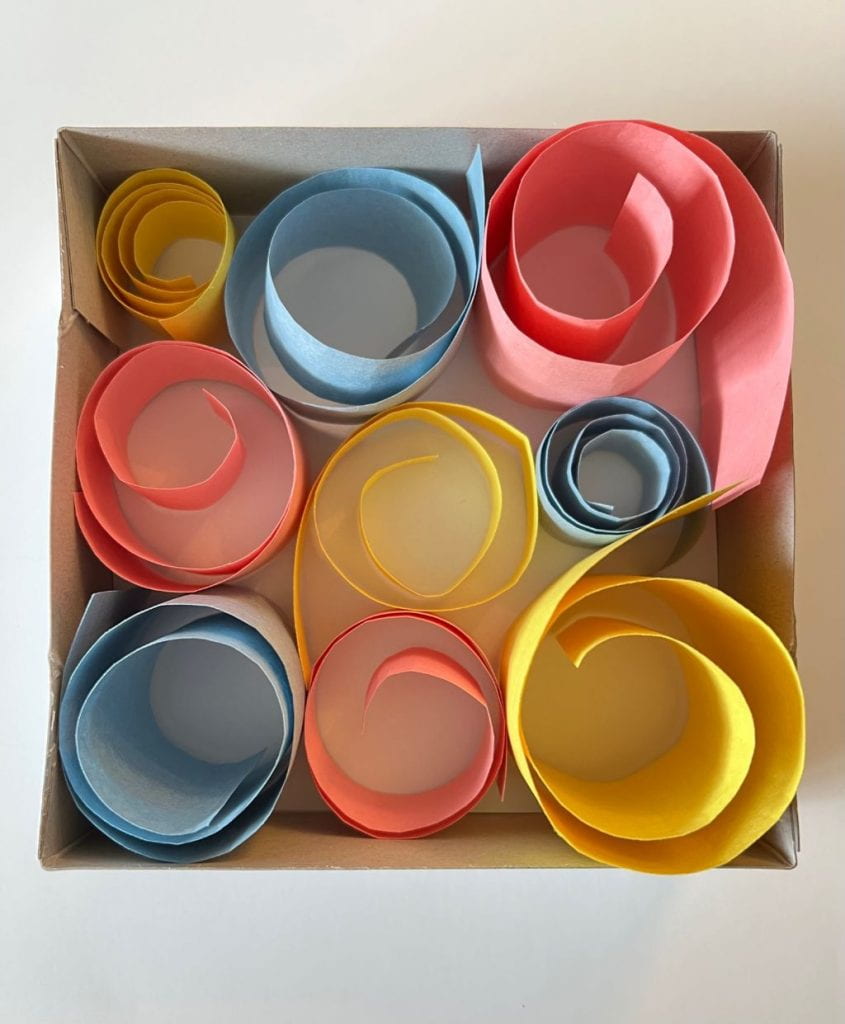Leaf Margins and Leaf Man
As I stated in a previous post, I will be sharing some leaf-themed posts as autumn approaches. The edge of a leaf is called the margin. Some leaves, mostly round or oval leaves, are even and smooth around the entire leaf edge and are referred to as entire leaves. Magnolia leaves and dogwood are familiar examples.
Other leaves are serrated or toothed. A serrated leaf has pointed teeth, like a saw, around the entire leaf edge. The serrated teeth angle up toward the tip of the leaf.
A lobed leaf has curved or rounded projections. Maple, tulip, sweetgum, and oak leaves are examples of lobed leaves.
Collect leaves and classify them according to the categories above.
As you study leaves, be sure to include the picture book, Leaf Man, by Lois Ehert. It is such a creative and engaging way to identify leaves while observing their shapes colors, sizes, venation, and margins.
Click here to view full screen.
This lovely picture book inspired me to create leaf creatures. I pressed leaves last fall by placing them between packing paper (white issue paper, paper towels. or parchment paper will work too) and placing heavy books on top of the paper. I was pleased to see the leaves held their color. It isn’t necessary to press the leaves you collect for that length of time before you work with them. Glue your creations on paper or place them behind glass in a frame. I would have either a printed image or an electronic image of an animal of choice for children to use as a reference when they create their leaf creatures.
Click here to use symmetry to learn about the margins of leaves.

Click here for more details about another fun project I did with leaves last fall.

Collect deciduous leaves that have revealed their fall colors with your children or students. Draw vases of their own design with chalk on a sidewalk. Place the leaves in the vase.
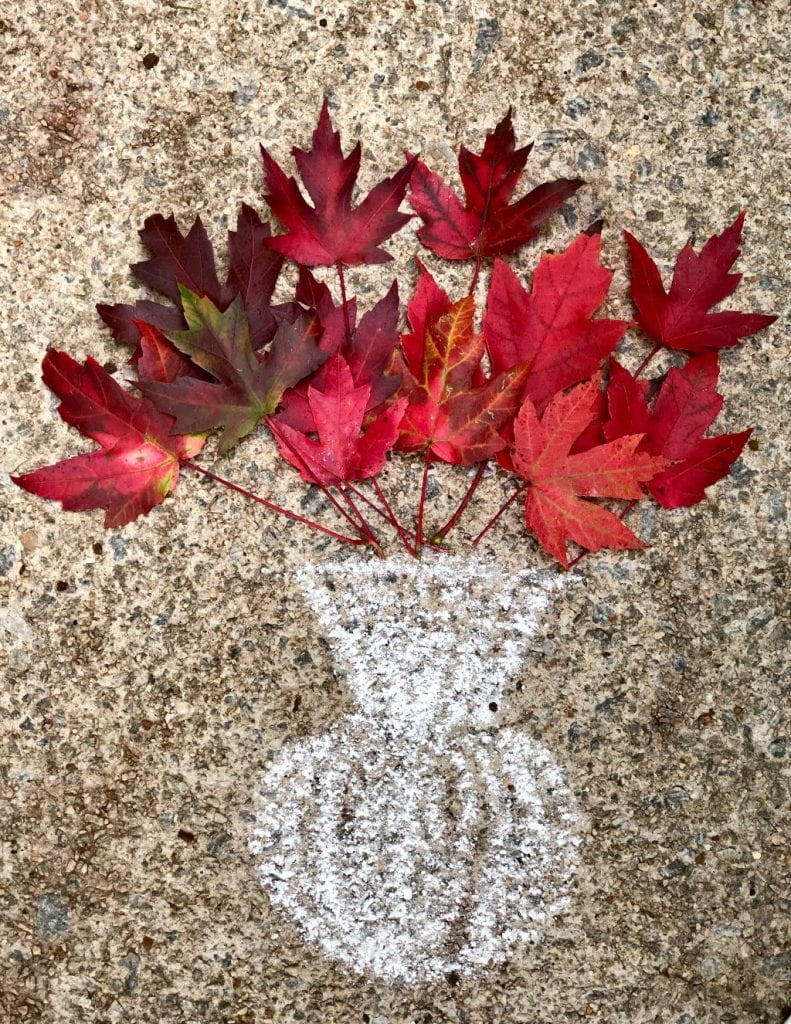
Do you want more leaf experiments? Search in the upper right corner above with key words leaf, tree, or fall.






